On the path of national development since the independence milestone of September 2, 1945, in addition to preserving and promoting values from the past, Vietnam has constantly been creative and proactive in order to exploit economic potential, preserve historical, cultural and artistic roots, and ensure the sustainable development of heritage.
In the era of global integration, with the desire to turn cultural heritages, natural heritages... into assets, Vietnam has been crystallizing the "capital" left by our ancestors into core values to create new products, helping "derivative" industries such as tourism, fashion ... have a solid foundation to resonate in harmony to promote the national brand.
Harnessing the power of heritage
Each Vietnamese heritage recognized by UNESCO not only embodies historical and artistic values but also “tells” countless stories about human identity, memory and spirit. These are also cultural imprints imbued with the Vietnamese spirit.
The Government has always affirmed that culture is not only a national identity but also a strategic resource in national development. On that journey, many countries in the world have proven that to enhance the national image, consolidate international position and create sustainable economic value, cultural “soft power” is the effective way. For that reason, Vietnam has chosen to affirm and create sustainable “soft power” with its own heritage and culture roots.
Hue Festival is a major cultural event held every two years in Hue, in even-numbered years. The event also attracts the participation of international art troupes. (Photo: Contributor/Vietnam+)
Up to now, we have had 9 heritages recognized by UNESCO as World Natural and Cultural Heritages. Of these, there are 5 World Cultural Heritages (Hue Monument Complex, My Son Relics, Hoi An Ancient Town, Thang Long Imperial Citadel Central Relics, Ho Dynasty Citadel); 2 World Natural Heritages (Phong Nha - Ke Bang National Park, Ha Long Bay - Cat Ba Archipelago); and 1 Mixed Heritage (Yen Tu - Vinh Nghiem - Con Son, Kiep Bac Scenic Landscape Complex), this is the only Mixed Heritage in Vietnam and Southeast Asia, and is one of 40 Mixed Heritages recognized by UNESCO.
In particular, Vietnam is proud to have 16 representative intangible cultural heritages of humanity recognized by UNESCO, including: Hue Royal Court Music (2003); Central Highlands Gong Culture Space (2005); Bac Ninh Quan Ho Folk Songs (2009); Ca Tru Art (2009); Giong Festival at Phu Dong Temple and Soc Temple (2010); Hung King Worship (2012); Southern Amateur Music Art (2013); Nghe Tinh Vi and Giam Folk Songs (2014); Tug of War Rituals and Games (2015); Practice of Mother Goddess Worship of the Vietnamese (2016); Central Vietnam Bai Choi Art (2017); Phu Tho Xoan Singing Art; Then Practice of the Tay, Nung, Thai People (2019); Thai Xoe Art (2021); Cham Pottery Art (2022); Sam Mountain Lady Festival (2024). Along with that are 9 Documentary Cultural Heritages, 11 World Biosphere Reserves, 3 Global Geoparks, 9 Ramma Areas.
That rich heritage system has contributed to raising the national image, promoting destinations in a "natural fragrance" way, thereby helping Vietnam become one of the 10 countries with the fastest tourism growth in the world.
Exploiting heritage values is identified as the sustainable development direction of the tourism industry in the future. Practice shows that in many countries, thanks to tourism, the value of cultural heritage and natural heritage has become an "asset" that creates momentum for economic and social development. At the same time, it gradually changes the local economic structure where the heritage is located, bringing practical and sustainable benefits to the community and locality.
The Dao Thuc water puppetry troupe in Dong Anh, Hanoi, has been preserved and has become a product that attracts international visitors while creating livelihoods for local people and artisans. (Photo: Vuong Cong Nam/Vietnam+)
It is worth mentioning that cultural heritages are no longer strange but have "awakened" to become a part of the breath of contemporary life, close to the people. In particular, young people have been exposed to and learned about history and heritage early to have a sense of pride and preservation of traditional culture.
“Inspirational Economics”: How to harmonize livelihoods?
After 15 years of being a World Cultural Heritage, the Thang Long-Hanoi Heritage Conservation Center has now restored a series of royal rituals at Thang Long Imperial Citadel such as: Tien Xuan Nguu Ceremony (spring buffalo offering), Tien Lich Ceremony, Thuong Tieu Ceremony, Fan Ban Fan Ceremony (part of the Doan Ngo Festival), Changing of the Guard Ceremony... All restoration activities are socialized.
When the community was involved in the story of preserving and restoring rituals, Thang Long Imperial Citadel became closer to the capital's youth, becoming a familiar extracurricular learning destination for tens of thousands of students each year.
Meanwhile, in the case of Phong Nha-Ke Bang National Park (Quang Tri province), this natural heritage faces great challenges in the conservation process. Because this is also the residential space of tens of thousands of people of the Kinh, Chut, Bru-Van Kieu ethnic groups.
Tourists explore the Son Doong cave system, a famous world natural heritage site of Vietnam. (Photo: CTV/Vietnam+)
It is worth mentioning that the Chut and Bru-Van Kieu people mainly live on natural exploitation such as hunting and fishing. However, thanks to the cooperation from the Central Government to international organizations, in recent years the locality has gradually solved the problem of livelihood and conservation.
In 2024, implementing the sustainable forestry development program, the Garden has provided and supported people with crops and breeds, and supported the construction of livelihood models to help thousands of local workers participate in tourism service activities such as photography, souvenir sales, restaurants, and picking up and dropping off visitors...
Obviously, tourism activities with heritage as a pillar have brought about practical economic and social efficiency, promoted the restoration of many traditional festivals/crafts, promoted economic restructuring, and contributed to hunger eradication and poverty reduction.
“Promoting heritage values to share benefits while minimizing impacts on world heritage is a focus of the provincial government and the Park Management Board,” affirmed Dinh Huy Tri, Deputy Director of Phong Nha-Ke Bang National Park Management Board.
The H'Mong people in Son La still preserve and develop the traditional linen weaving craft. (Photo: Mai Mai/Vietnam+)
It can be seen that the endogenous strength from heritage has been contributing to strongly changing the perception, quality of community life and changing the appearance of destinations. Reality still poses many challenges. Although the legal system is increasingly improved, especially the Law on Cultural Heritage 2024 has been amended to meet domestic requirements and integrate the provisions of the International Convention on Heritage, the biggest risk is still evident from economic development causing harm to conservation work. Ha Long Bay is a case of heritage that has been violated by construction works like that.
So how to preserve world heritage in a sustainable way while harmonizing the interests of all parties, in which the issue of interests is not only supporting livelihoods but also changing the perception of each "heritage owner" and finding reasonable operating models? According to experts, how to cooperate with public-private partners to preserve and promote heritage values is a matter that needs to be discussed thoroughly.
Vice Chairman of the National Cultural Heritage Council, Associate Professor Dang Van Bai proposed: "It is necessary to build heritage education programs in schools and communities; using media to contribute to changing people's awareness."
The expert said that although the Party and State have affirmed that the private economy is one of the main driving forces promoting the country's socio-economic development, in the field of heritage conservation, the private economic model or public-private partnership is still limited, causing cultural heritage to not be fully promoted.
Vietnam's Ha Long Bay-Cat Ba Heritage Complex is a globally famous destination. (Photo: Contributor/Vietnam+)
According to him, developing cultural tourism must start from the heritage that has been crystallized into core values, from which new products with derivative values and added values for society are created. However, cultural heritage is inherently sensitive and vulnerable, so there are many heritages that are "deformed" for the purpose of tourism development.
Therefore, experts note that to preserve and exploit heritage sustainably, it is necessary to comply with certain principles, focus on copyright factors, share benefits, and create a chain of tourism products from the comprehensive value of heritage...
Chairman of the Vietnam Tourism Association, Mr. Vu The Binh, affirmed that products are the core factor creating competitiveness for the tourism industry. Therefore, it is necessary to build different and unique products based on exploiting cultural resources.
Meanwhile, Minister of Culture, Sports and Tourism Nguyen Van Hung emphasized that today, tourists not only have the need to visit, but also want to have many experiences and emotions, so tourism not only needs to become a key economic sector, but above all, it must become an "inspirational" economic sector.
Historical and heritage sites in Hanoi are increasingly attracting a large number of tourists. (Photo: Vuong Cong Nam/Vietnam+)
Sustainable brand from the source of identity
After more than 4,000 years of history, entering the era of national development, Vietnam advocates promoting its traditional culture with strong identity; promoting the development of cultural institutions, cultural industries, entertainment industries; internationalizing its culture rich in national identity to the world...
In particular, in the current context, the Director of the Vietnam National Institute of Culture and Arts, Associate Professor, Dr. Bui Hoai Son, assessed that the implementation of the Project on internationalizing national cultural identity and nationalizing the quintessence of world culture is timely and practical; showing that culture has been considered a core soft resource, a special service economic sector, and a pillar of national development in the new era. For the first time, the cultural integration mindset has been approached in two directions, both bringing Vietnamese culture to the world and selectively absorbing the quintessence of human culture to enrich national identity.
With this project, according to Mr. Bui Hoai Son, many clear goals and breakthrough mechanisms have been specified in line with international trends, and at the same time in line with the country's 2030-2045 development goals: Building a cultural ecosystem, developing cultural industry, entertainment industry, creating a favorable creative environment for cultural workers to make a living from their profession, and strategically promoting the image of Vietnam to the world.
Recent practice shows that Vietnam has achieved many remarkable achievements in the field of promoting national culture, not only continuously being recognized by UNESCO for its heritages, but also a series of Vietnam Day events abroad, film festivals, cultural weeks, promoting cuisine, fashion, and traditional arts are also regularly organized...
The traditional Ao Dai has become one of the values that need to be preserved and promoted in Vietnam. (Photo: Mai Mai/Vietnam+)
In the overall picture of the cultural industry, the fashion industry is considered a bright spot with a wave of young designers choosing a path that promotes the identity of their origins. Valuably, they leave in the hearts of fashionistas strong impressions inspired by indigenous materials, and "tell" stories about traditional Vietnamese culture through visual language. Many designers even choose to collaborate with artisans to preserve traditional crafts and connect the community.
If in the past decades, Vietnamese fashion in the eyes of international friends was simply the embodiment of the ao dai, the four-panel dress, the classic ao ba ba, "touching" the international runway mainly through cultural exchange, now many brands and talented faces of Vietnam have asserted themselves to participate in major cultural and entertainment events of the world through the spread of talent, through creative thinking...
On that journey, recently, Vogue fashion magazine introduced the Fall Winter 2025 collection with designs made from the "treasure" of Lanh My A silk (Tan Chau craft village, An Giang) by designer Cong Tri. This is also the face that has contributed to making Vietnamese fashion shine and leaving a strong mark on the international fashion map, becoming the choice of A-list stars around the world.
It is valuable that in recent years, many Vietnamese designers have chosen to work with silk, hemp, linen, lotus silk... which are materials with a strong local imprint. The catwalk in London (UK) is also where brands such as La Pham, Kilomet109... have elevated the hand-woven brocade of the H'Mong people in the northern mountainous provinces to the high-end fashion ladder.
Linen and brocade made from ethnic minority dresses are honored on the fashion catwalk. (Photo: Contributor/Vietnam+)
On the domestic runway, Vu Viet Ha also recreated the Bac Ha horse racing festival (Lao Cai) using brocade and hand embroidery techniques in the collection "Ma dao." Cao Minh Tien honored Quan Ho folk songs and Mother Goddess worship through Kinh Bac-style costumes called "Thoai mong." The special costumes he designed for singer Hoa Minzy in the MV "Bac Bling" contributed to spreading the beauty of regional culture of Vietnam along with the effect from the MV.
Choosing the path of sustainable fashion, it can be said that young designers have contributed to "reviving" traditional craft villages such as Lung Tam linen (Tuyen Quang), Nam Cao ramie weaving (Hung Yen), Quat Dong hand embroidery (Hanoi), Ma Chau silk (Da Nang)... More importantly, ancient patterns, ancient dyeing methods, and many embroidery and weaving techniques that were thought to be lost or at risk of fading away have been restored, preserved and promoted.
Young designer Phan Dang Hoang.
Notably, on the journey of promoting and spreading Vietnamese fashion, there has also appeared a new generation of GenZ full of talent with a deep mindset and awareness of preserving traditional values. For example, young designer Phan Dang Hoang (born in 2000) chose to take creative inspiration from the works of famous painter Nguyen Phan Chanh and Vietnamese ceramics and do paper to introduce to the fashionistas of Vogue Italy Magazine, Milan Fashion Week... through extremely elaborate collections.
The young designer's contributions and efforts have helped him be named in Forbes Magazine's 30 Under 30 Asia "Art" list in 2024.
Sharing with Vietnamplus E-newspaper reporter, GenZ designer said: “As a Vietnamese, I feel extremely proud of my national origin. My design style is influenced by Vietnamese cultural identity materials, which becomes a unique feature in my products. Perhaps, it is this combination that makes people remember my designs as a personal mark, a very clear 'DNA' in style. When going international, with my products, I want people to always recognize me as a designer from Vietnam.”
Obviously, a country that wants to develop sustainably and anchor its image in the minds of international friends cannot help but preserve and promote valuable cultural heritages from the past, while constantly innovating, to both exploit the economic potential of ancient capital and preserve and promote national pride and dignity to the five continents./.
Phan Dang Hoang's designs in the "Ceramics" collection were inspired by ceramics and silk paintings by famous painter Nguyen Phan Chanh (left). The "ZigZag" collection was inspired by dó paper and was launched at Milan Fashion Week 2025 (right). (Photo: NVCC)
(Vietnam+)
Source: https://www.vietnamplus.vn/di-san-van-hoa-coi-nguon-be-do-cho-hanh-trinh-phat-trien-thuong-hieu-quoc-gia-post1056730.vnp


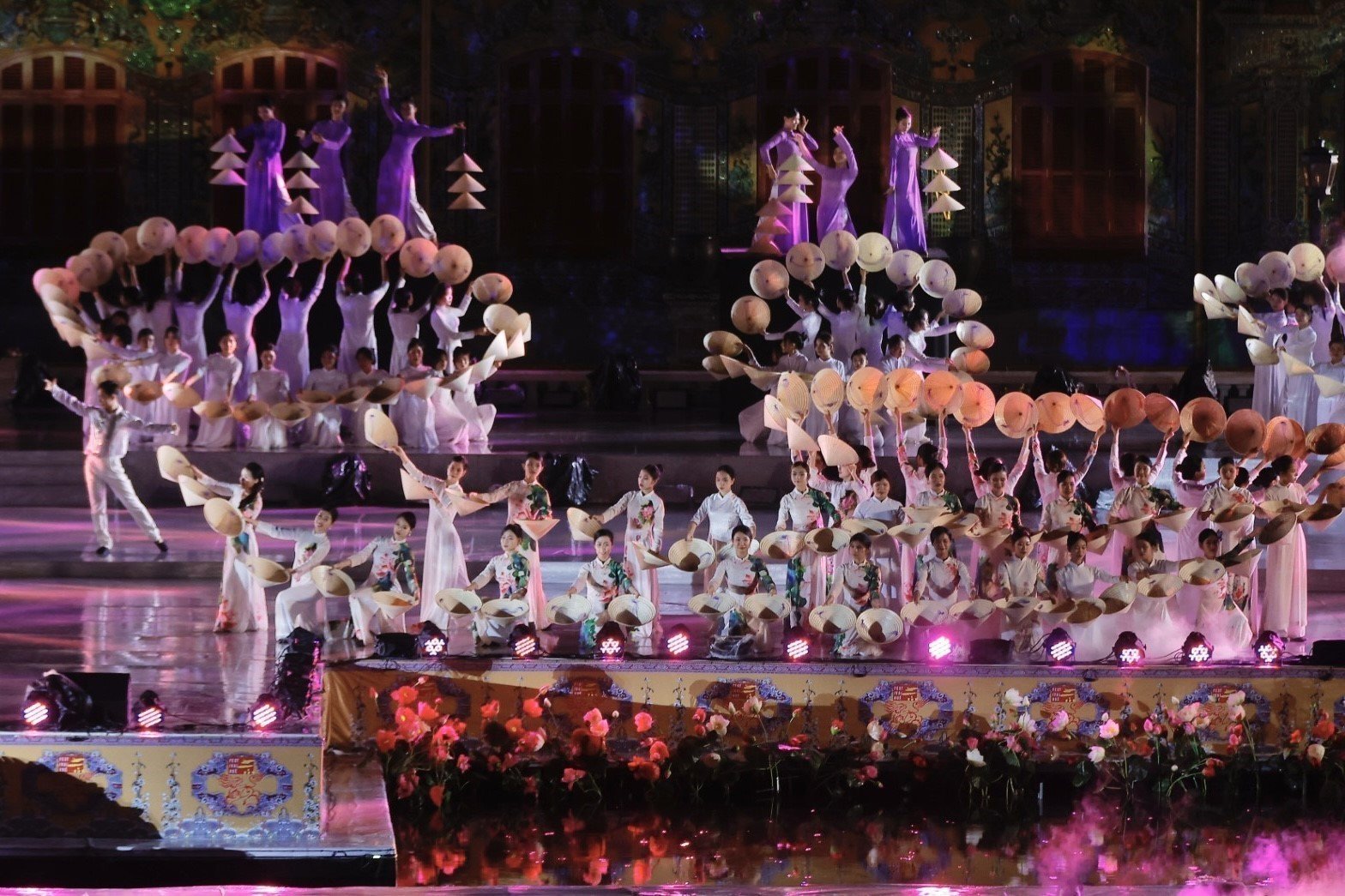
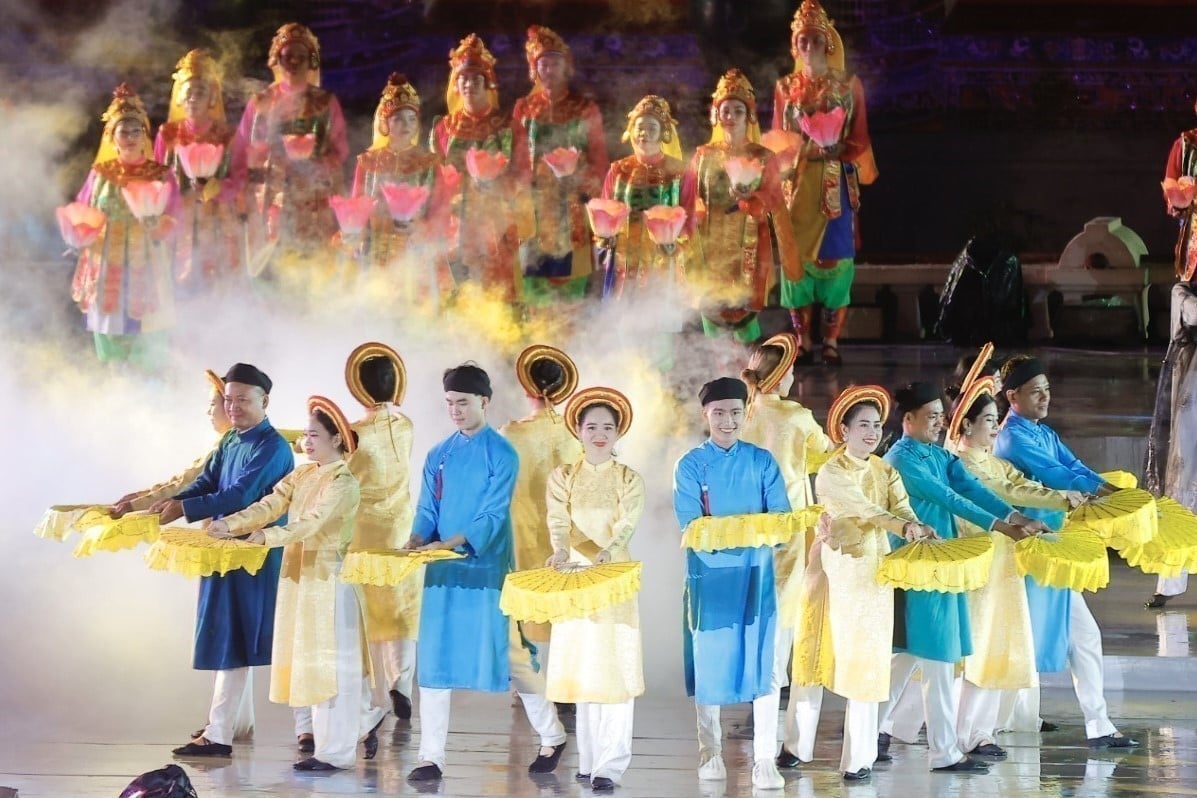
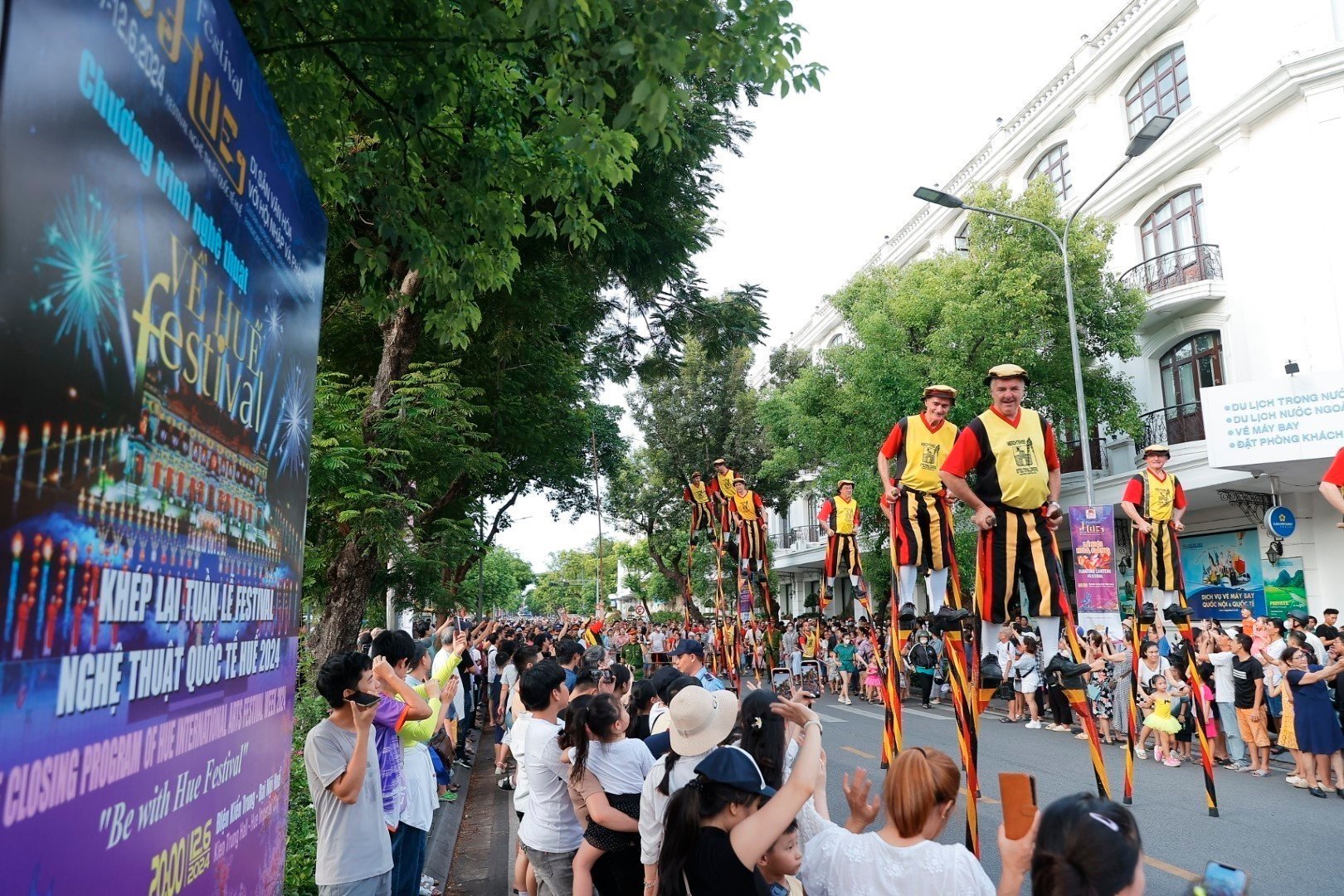
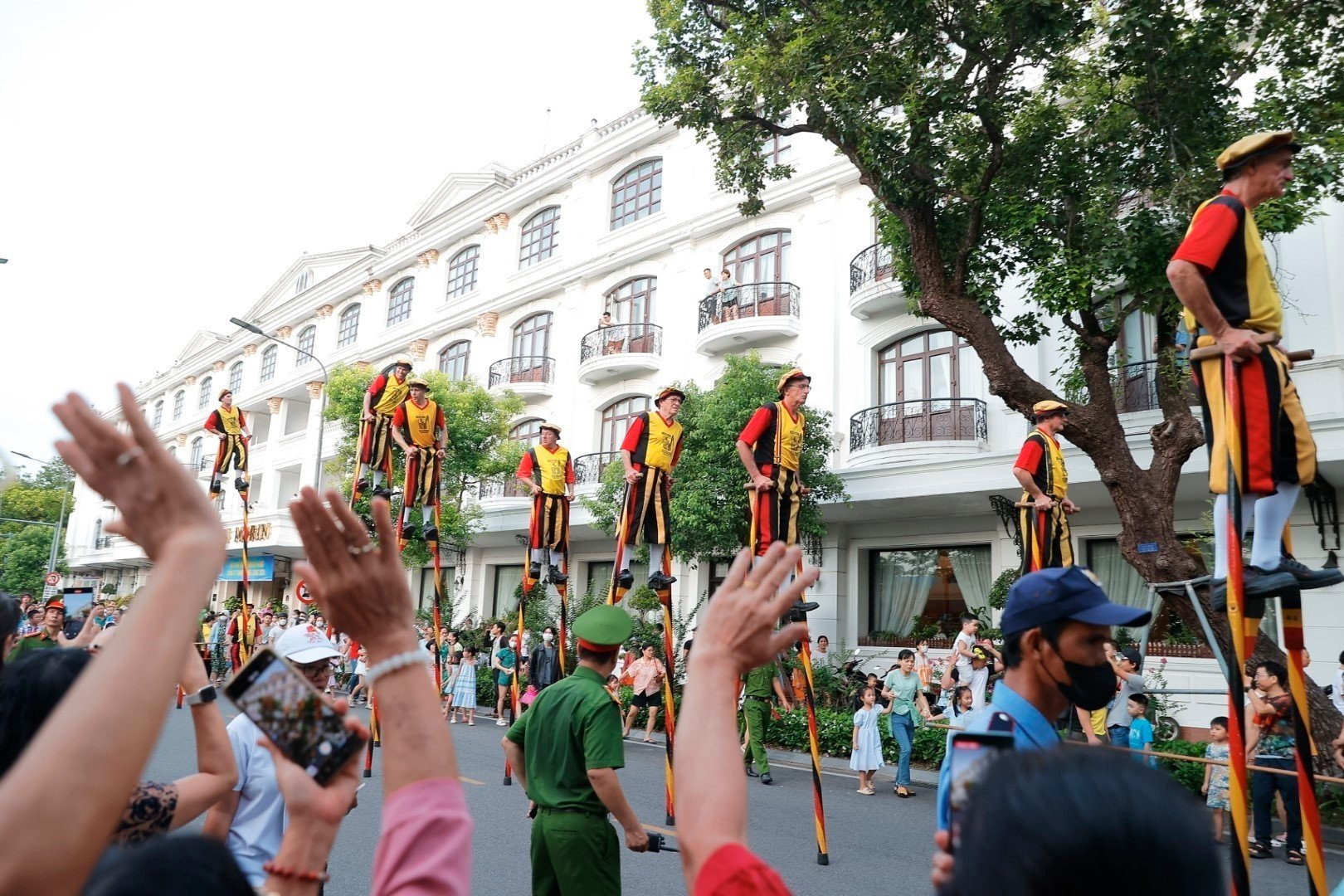
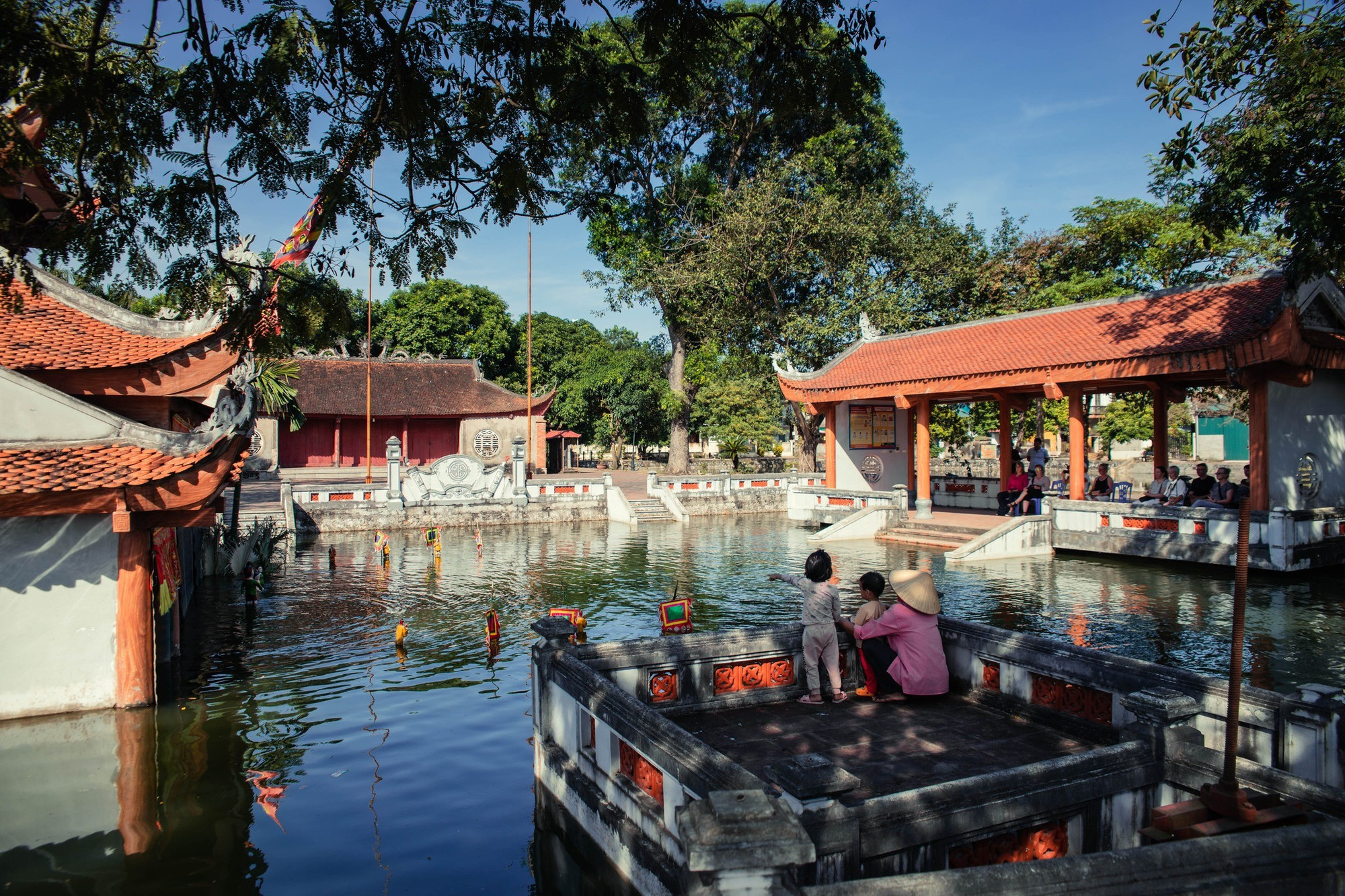
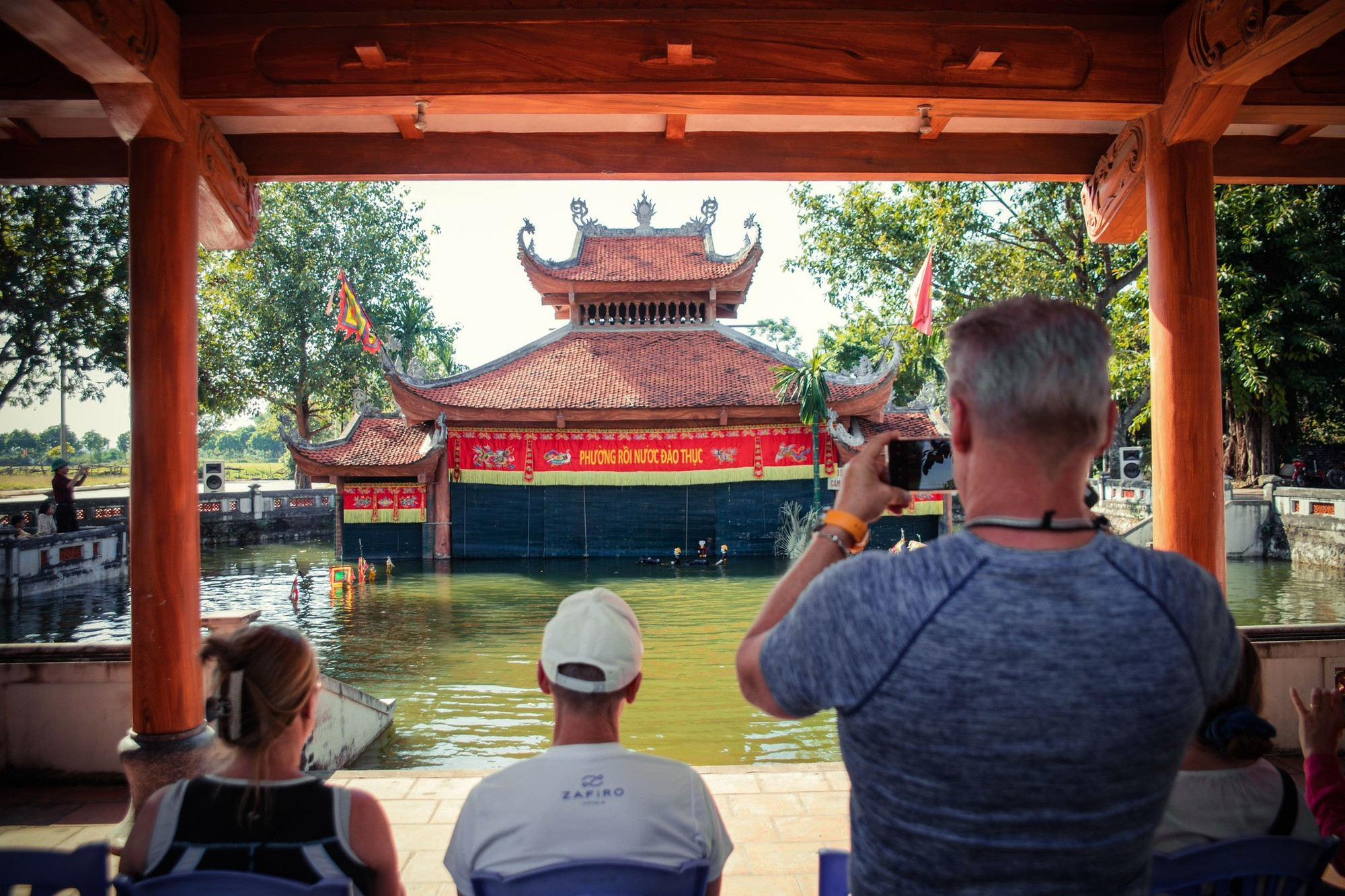
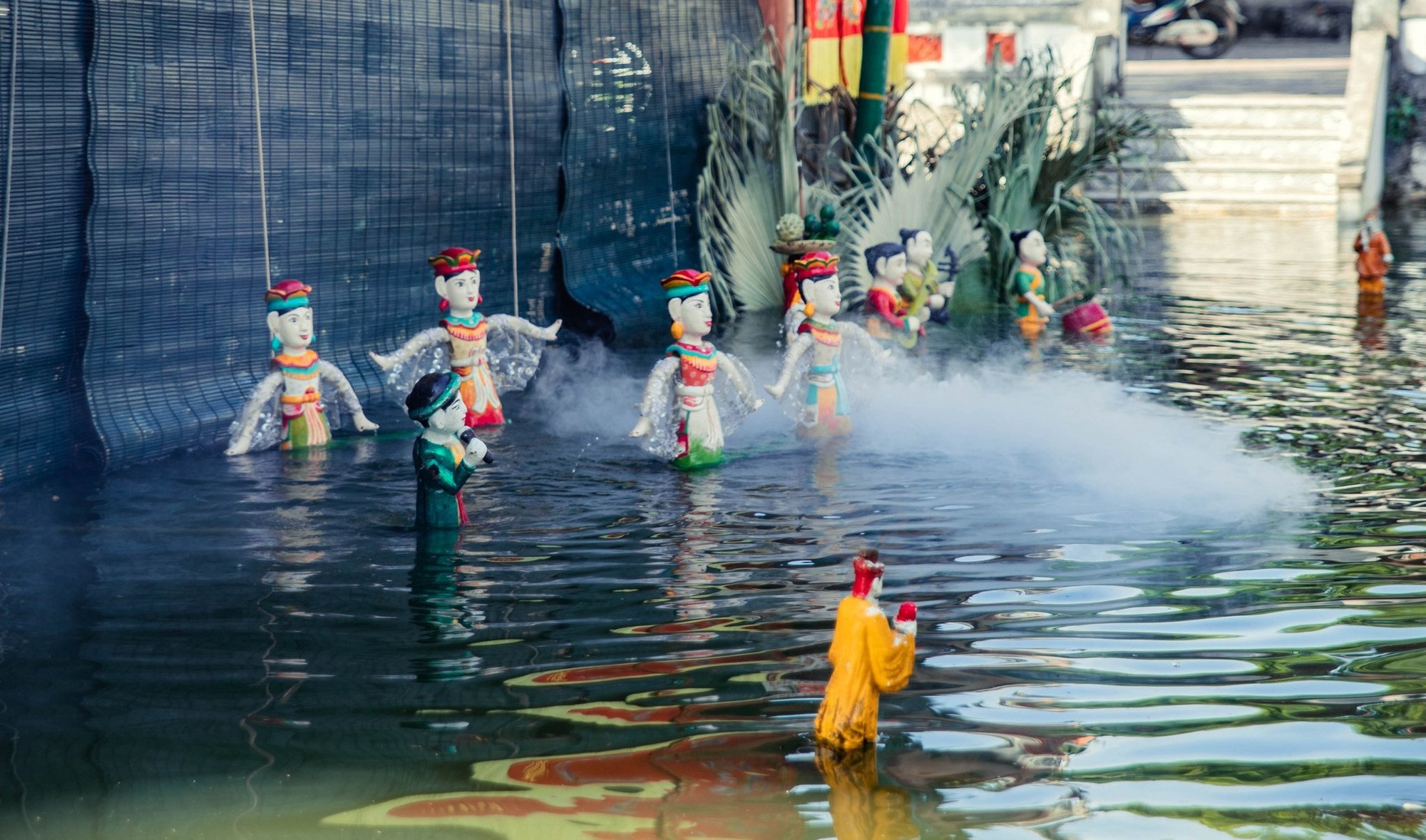
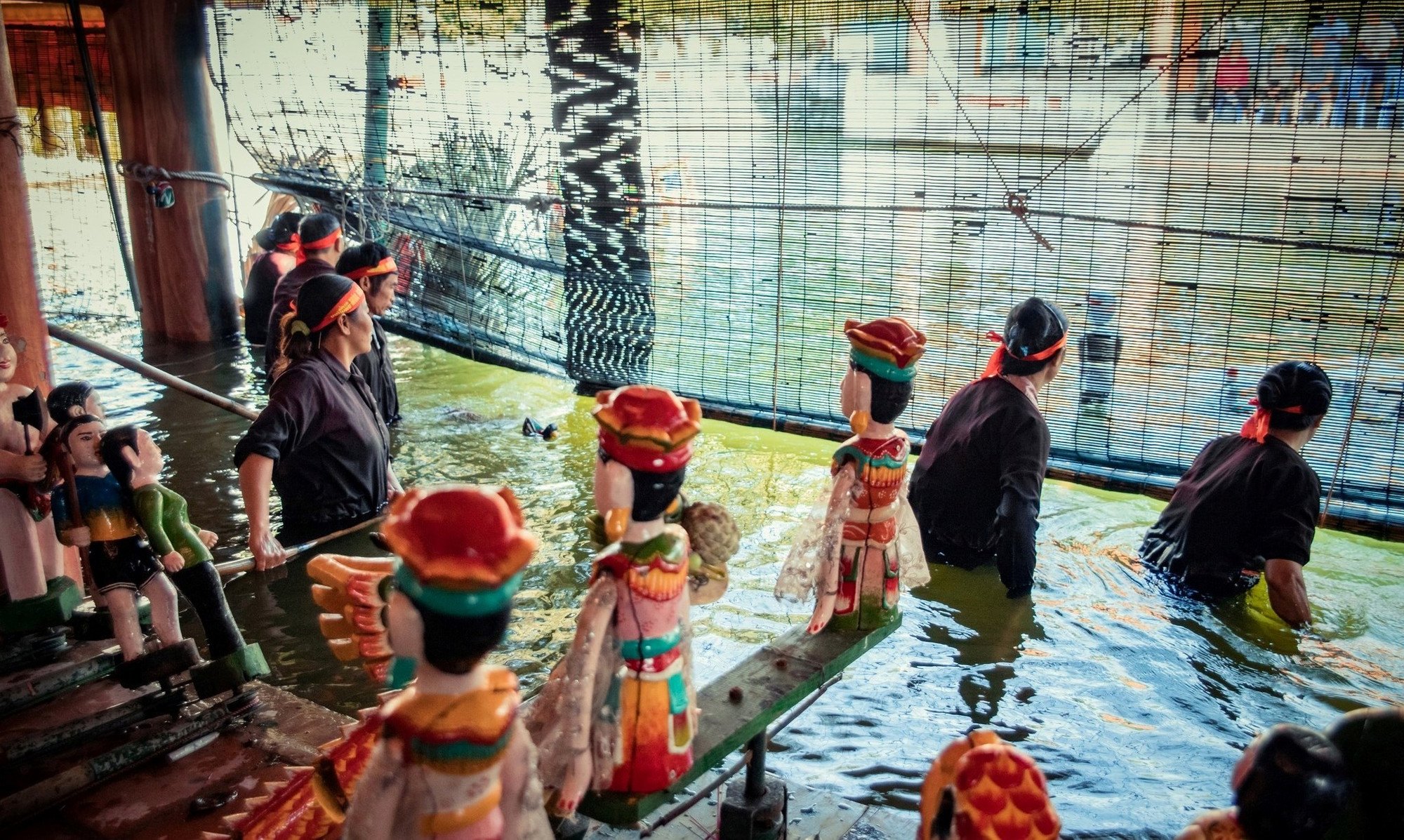
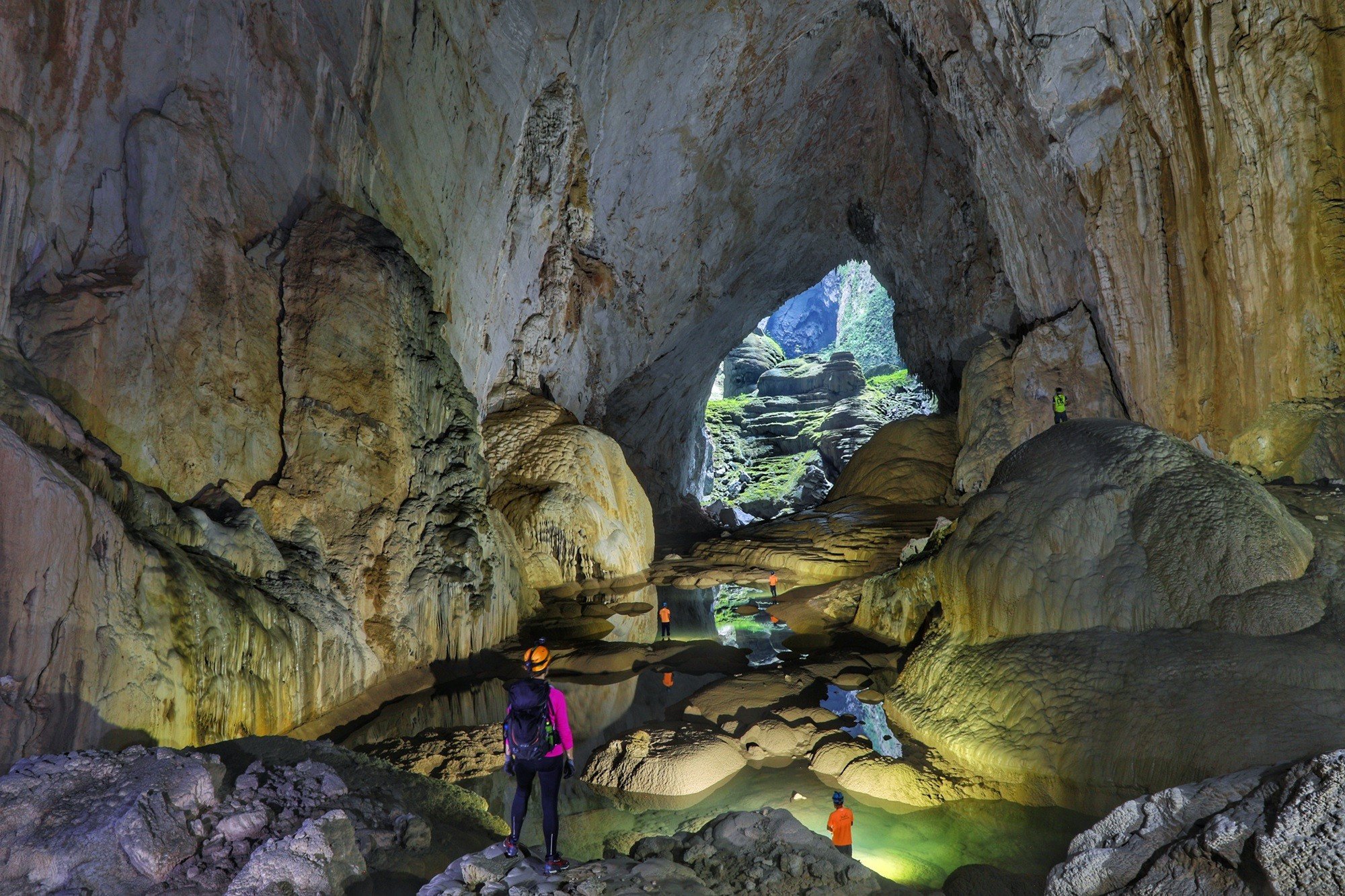

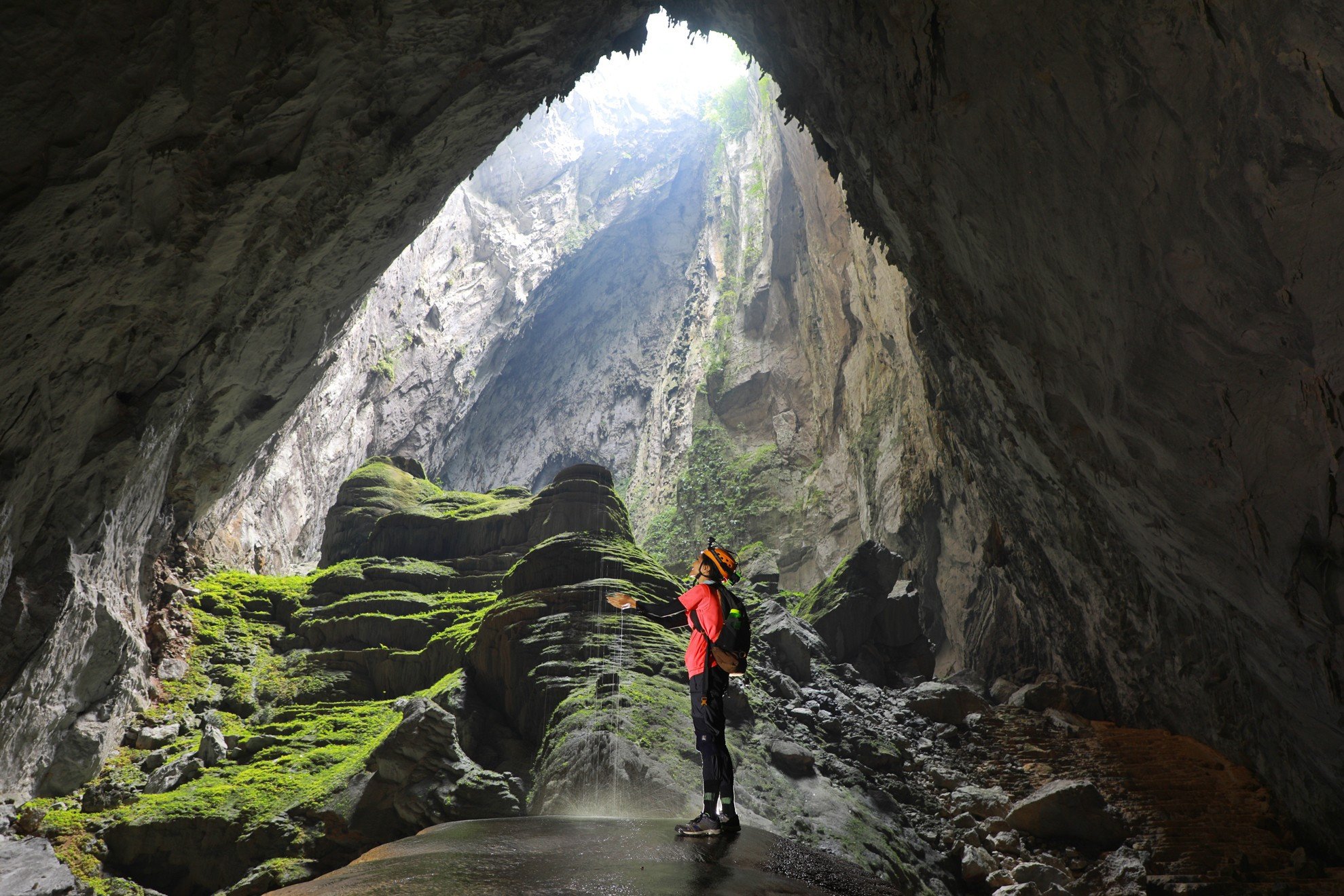
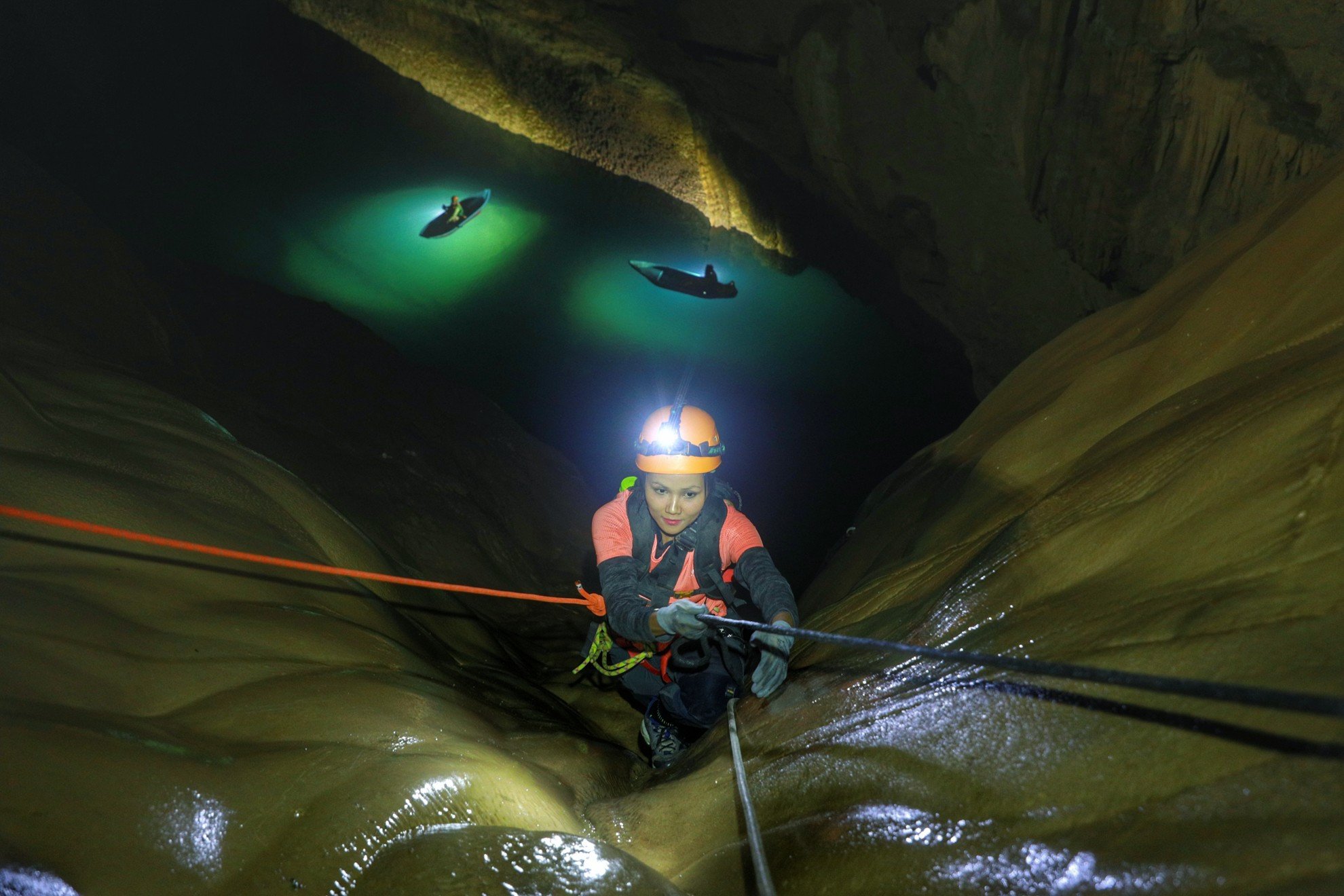
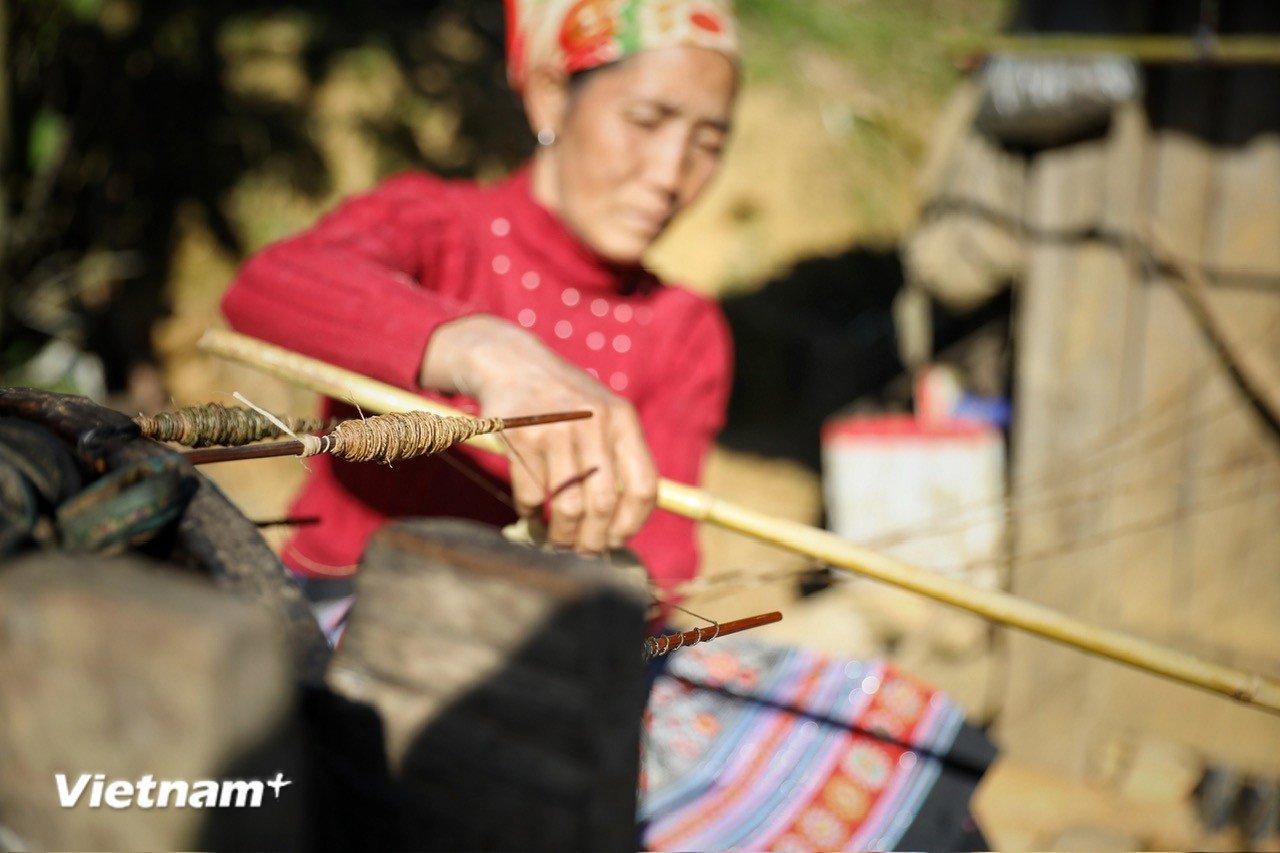
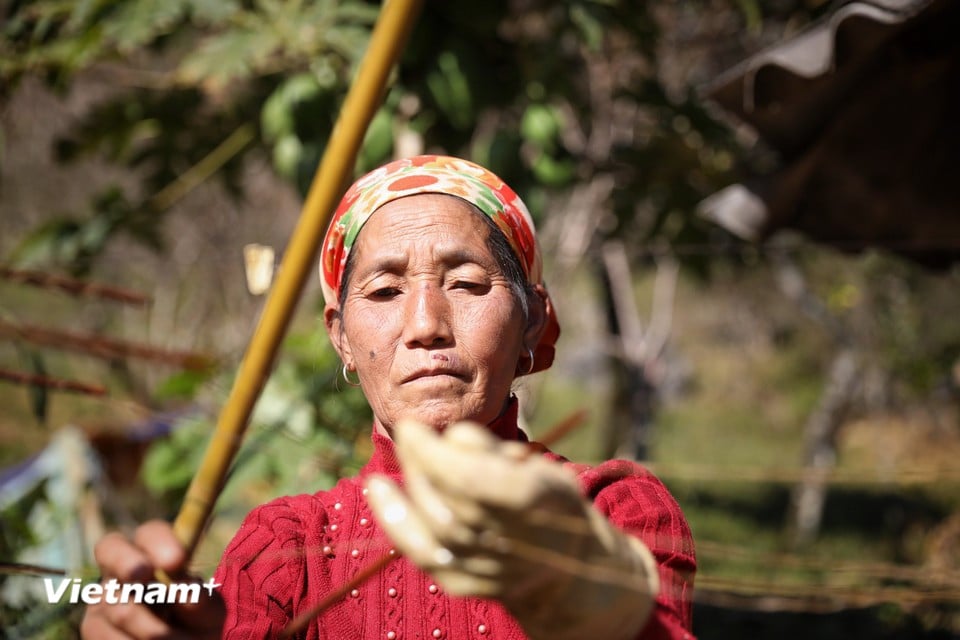
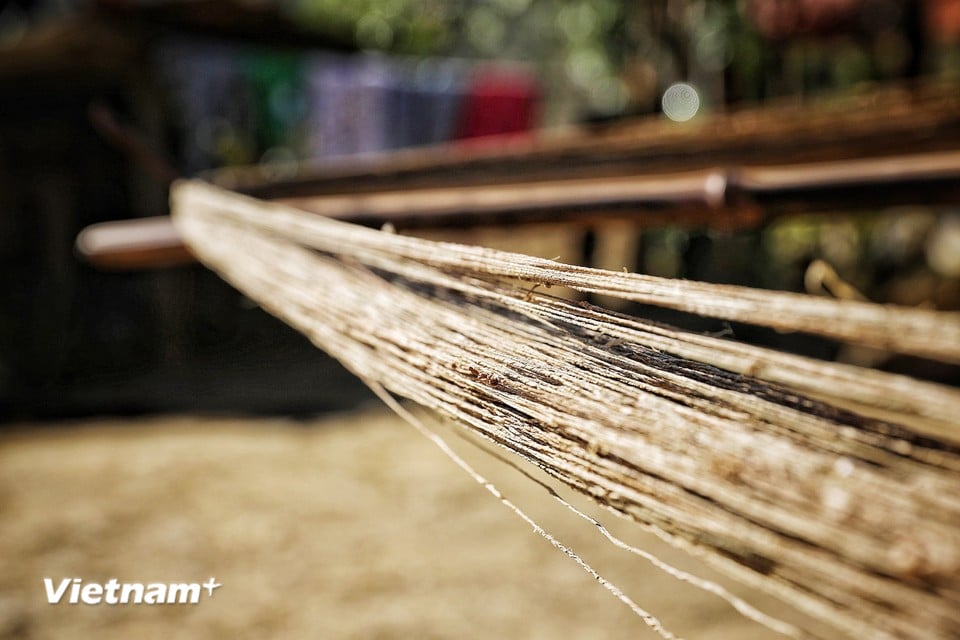
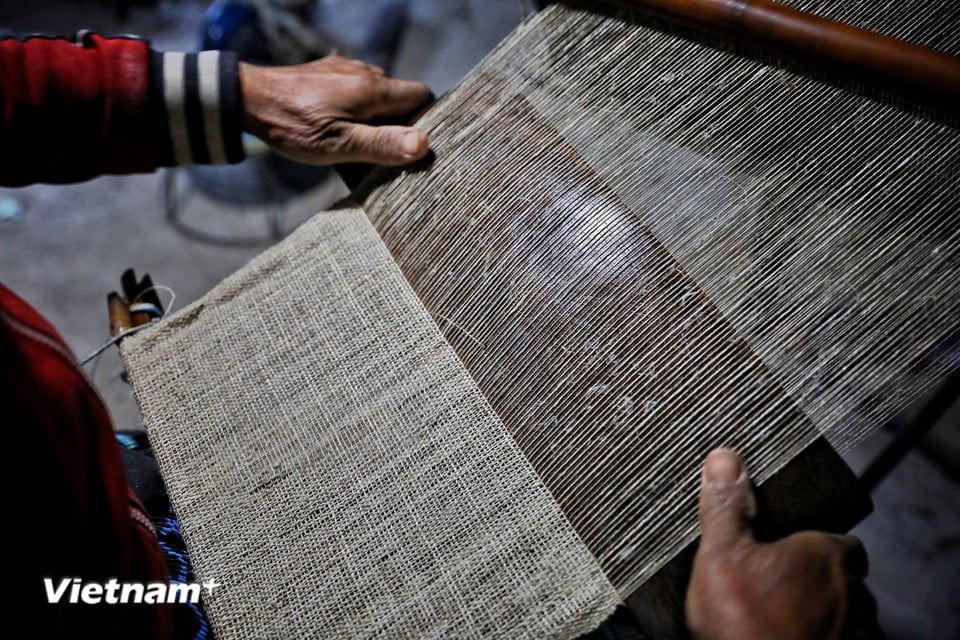
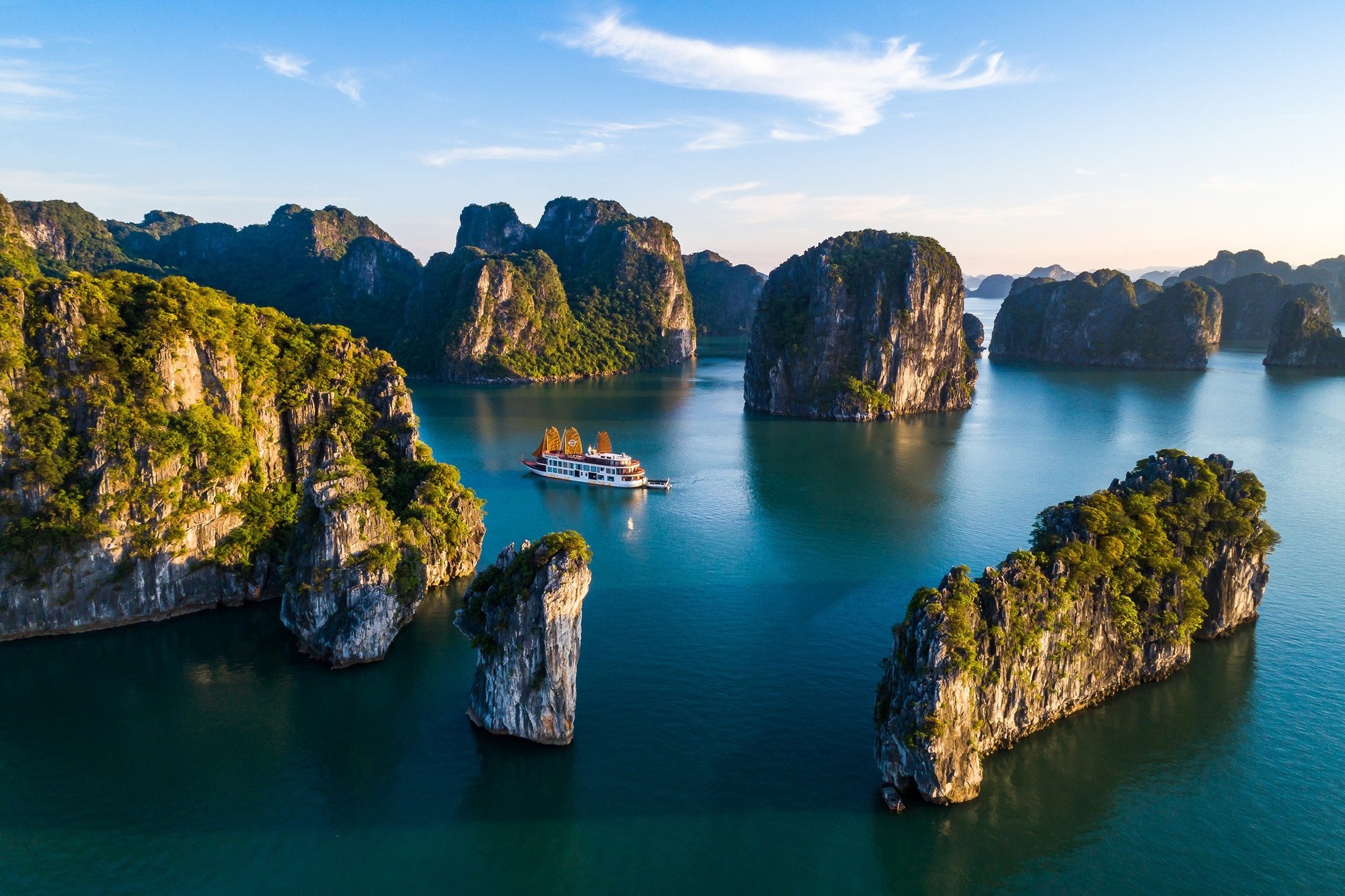
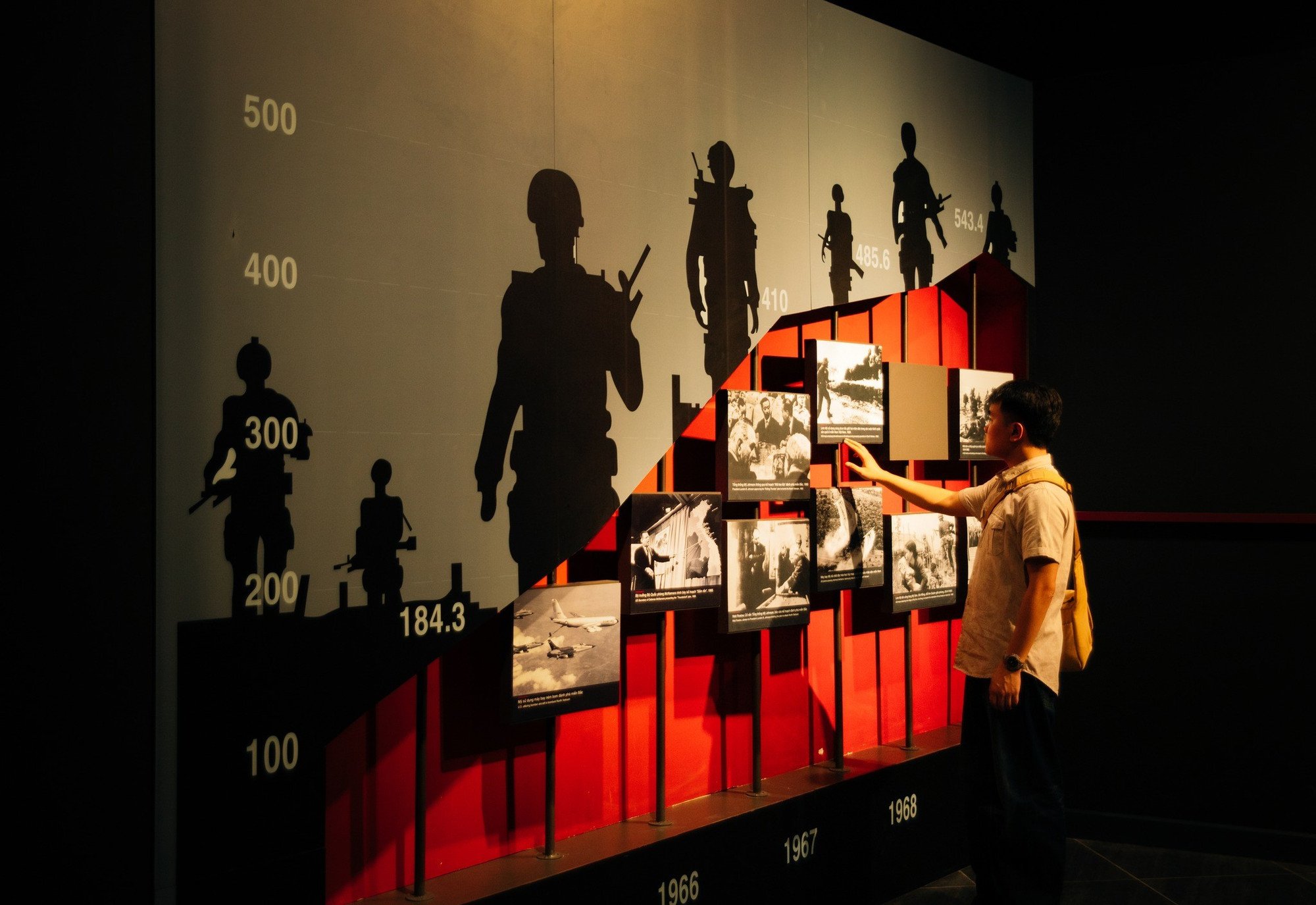
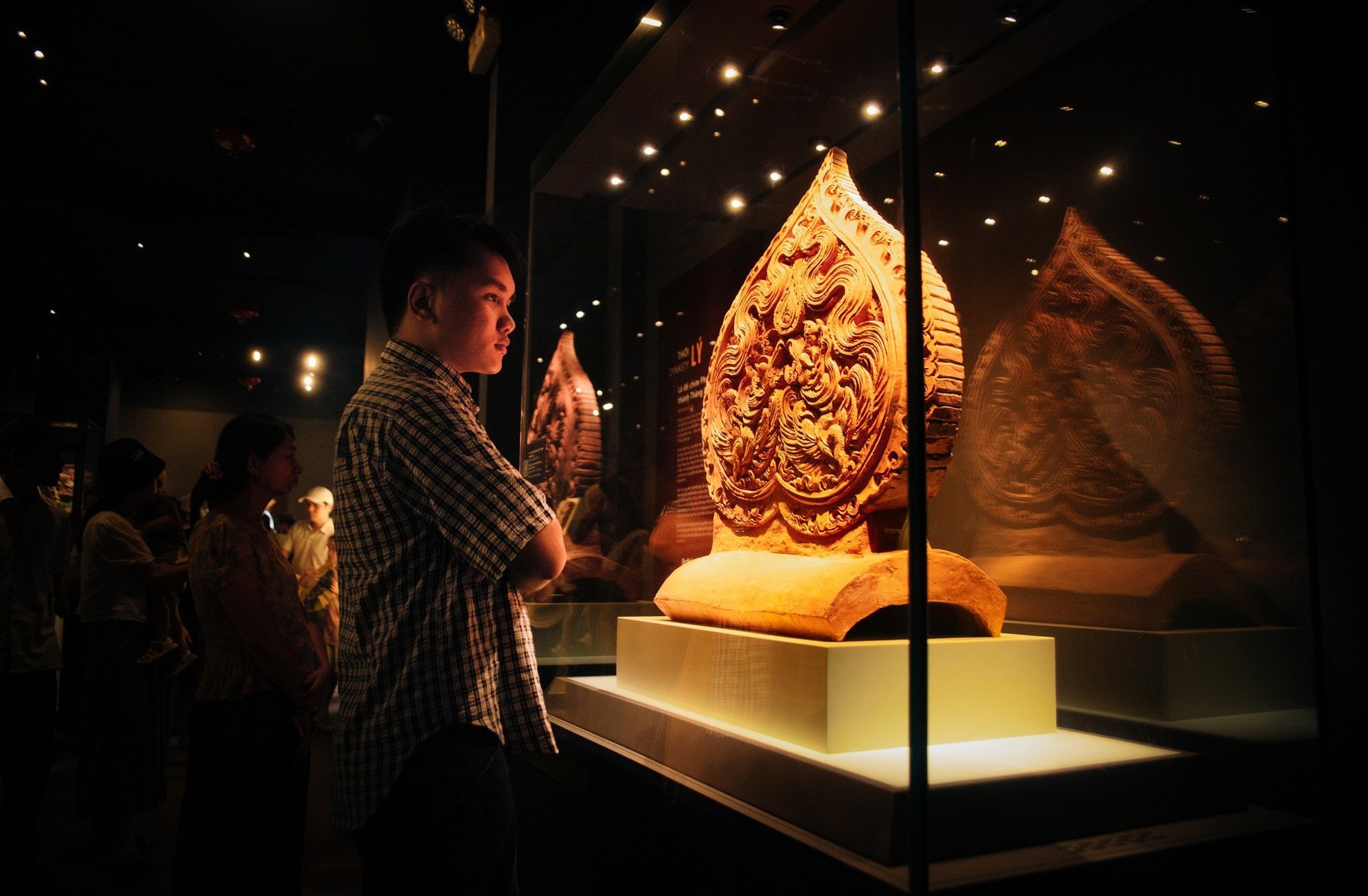
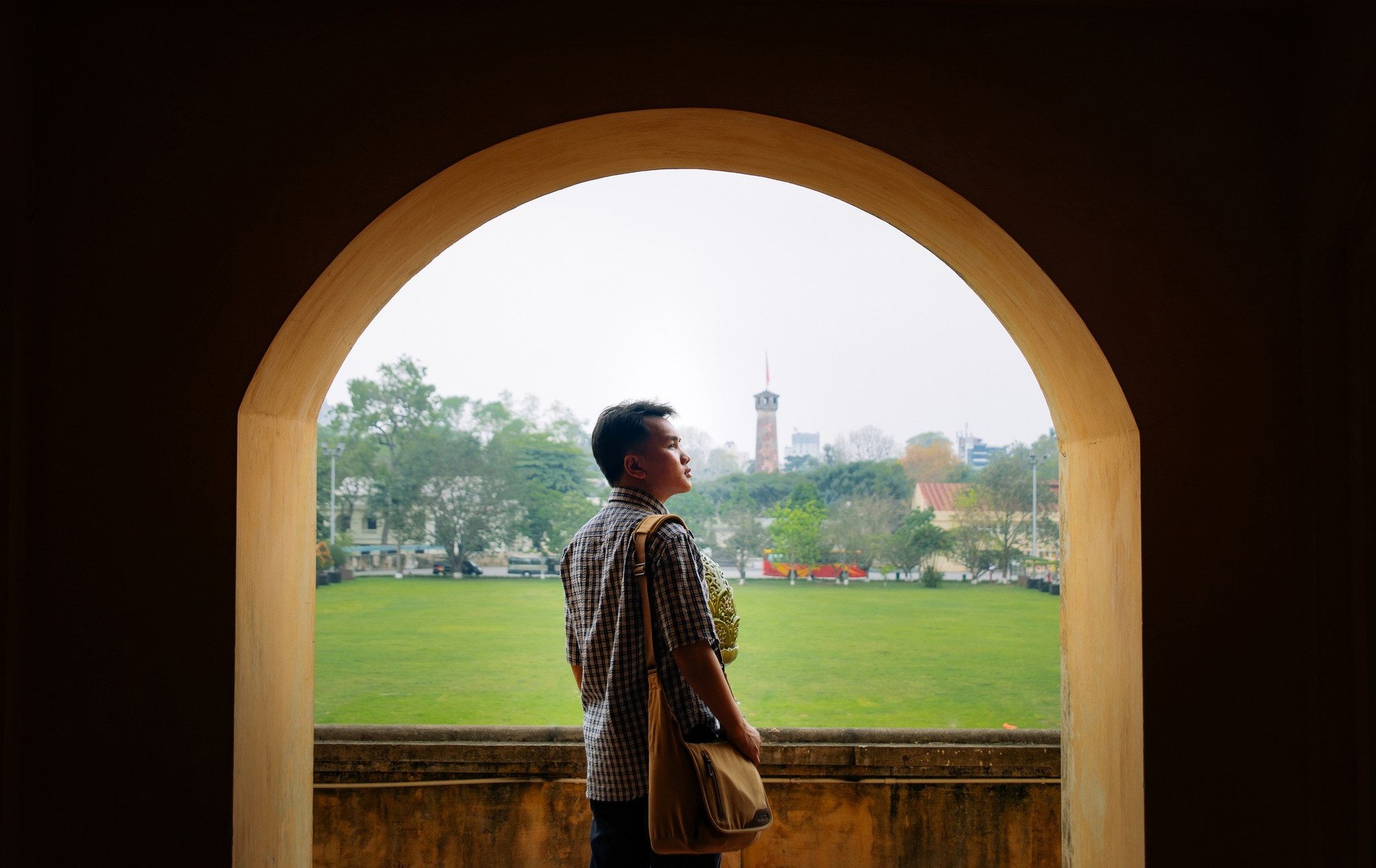
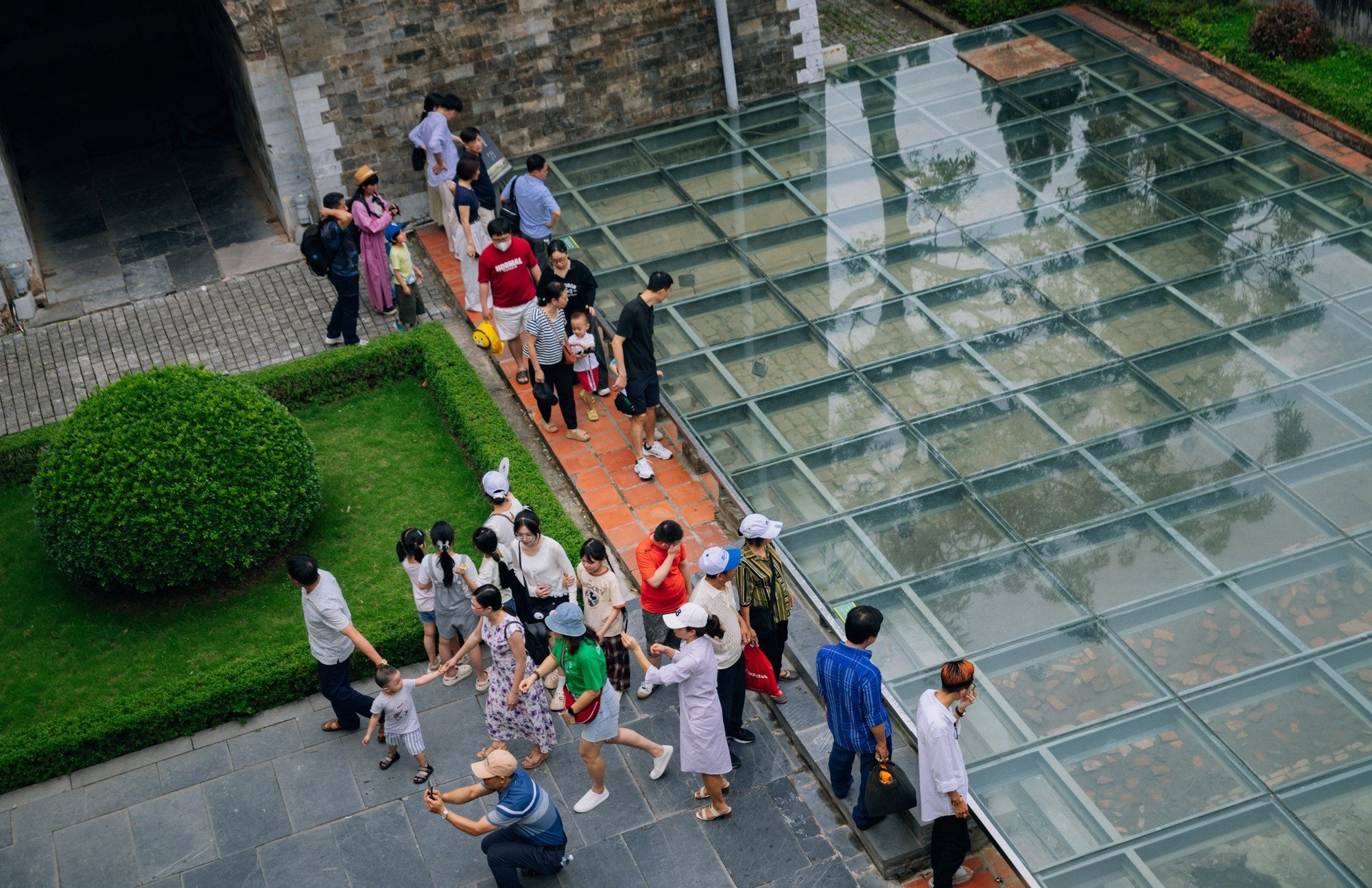
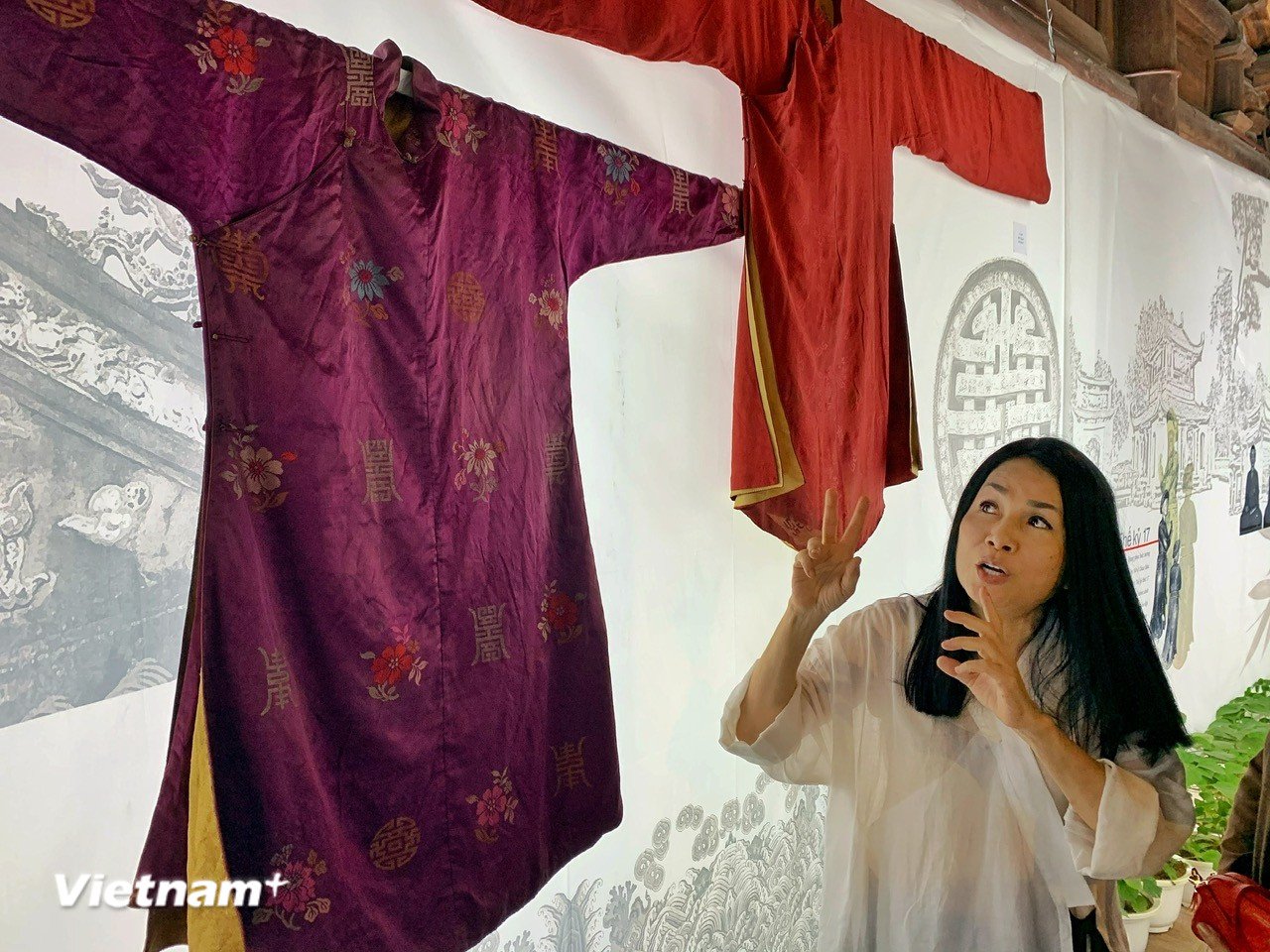
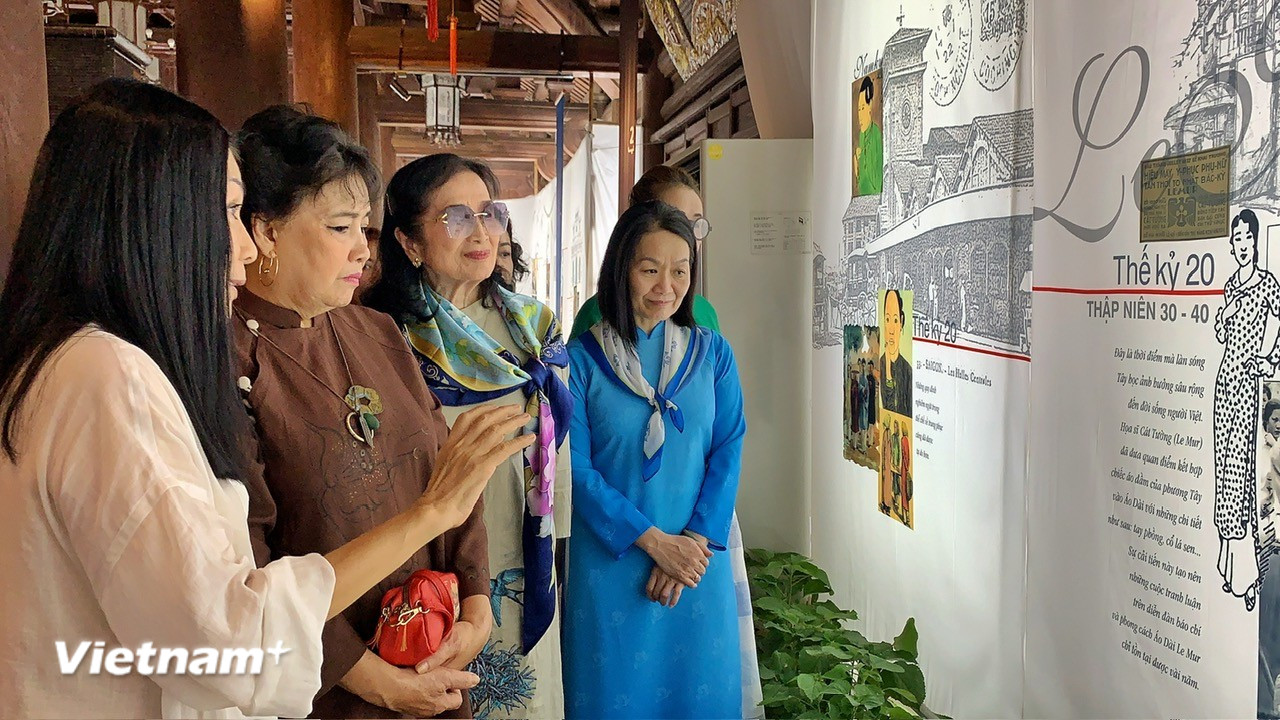
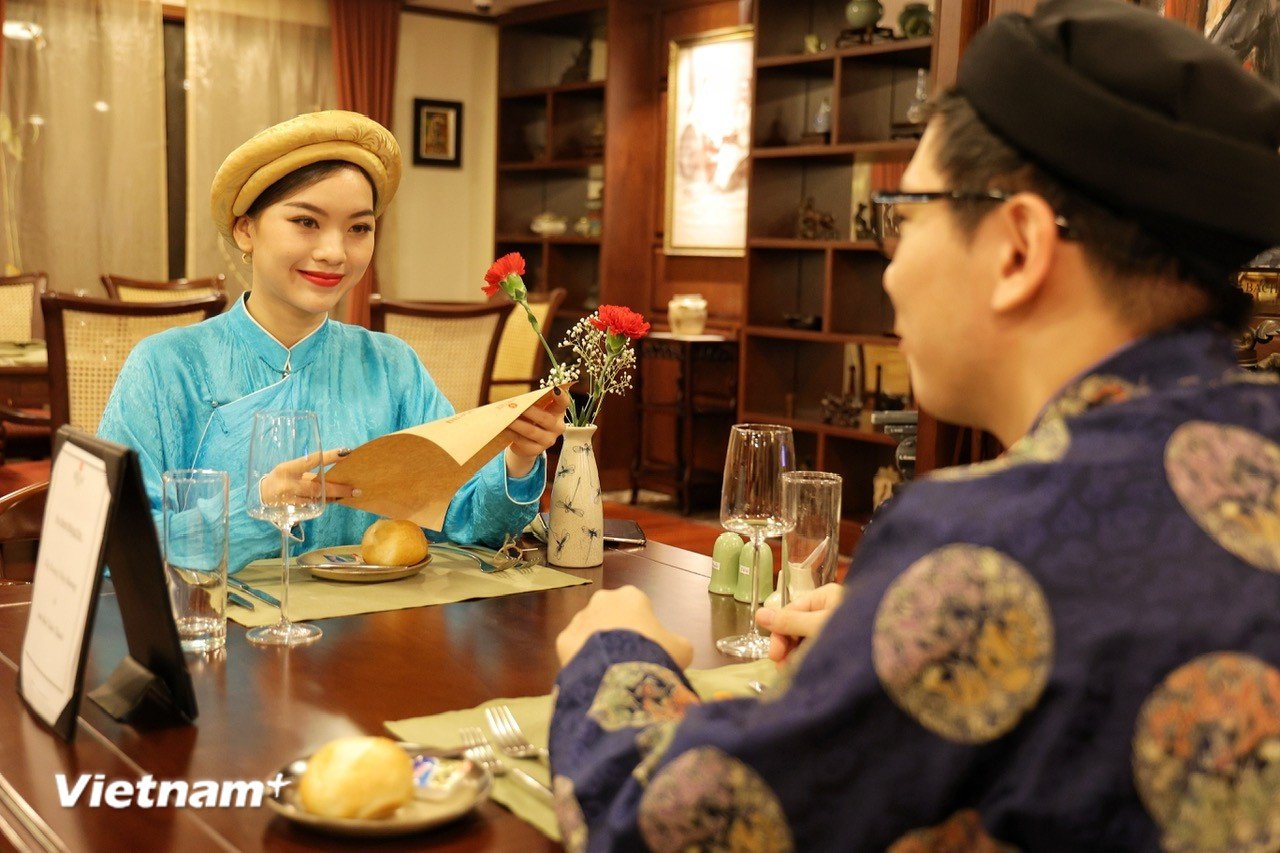
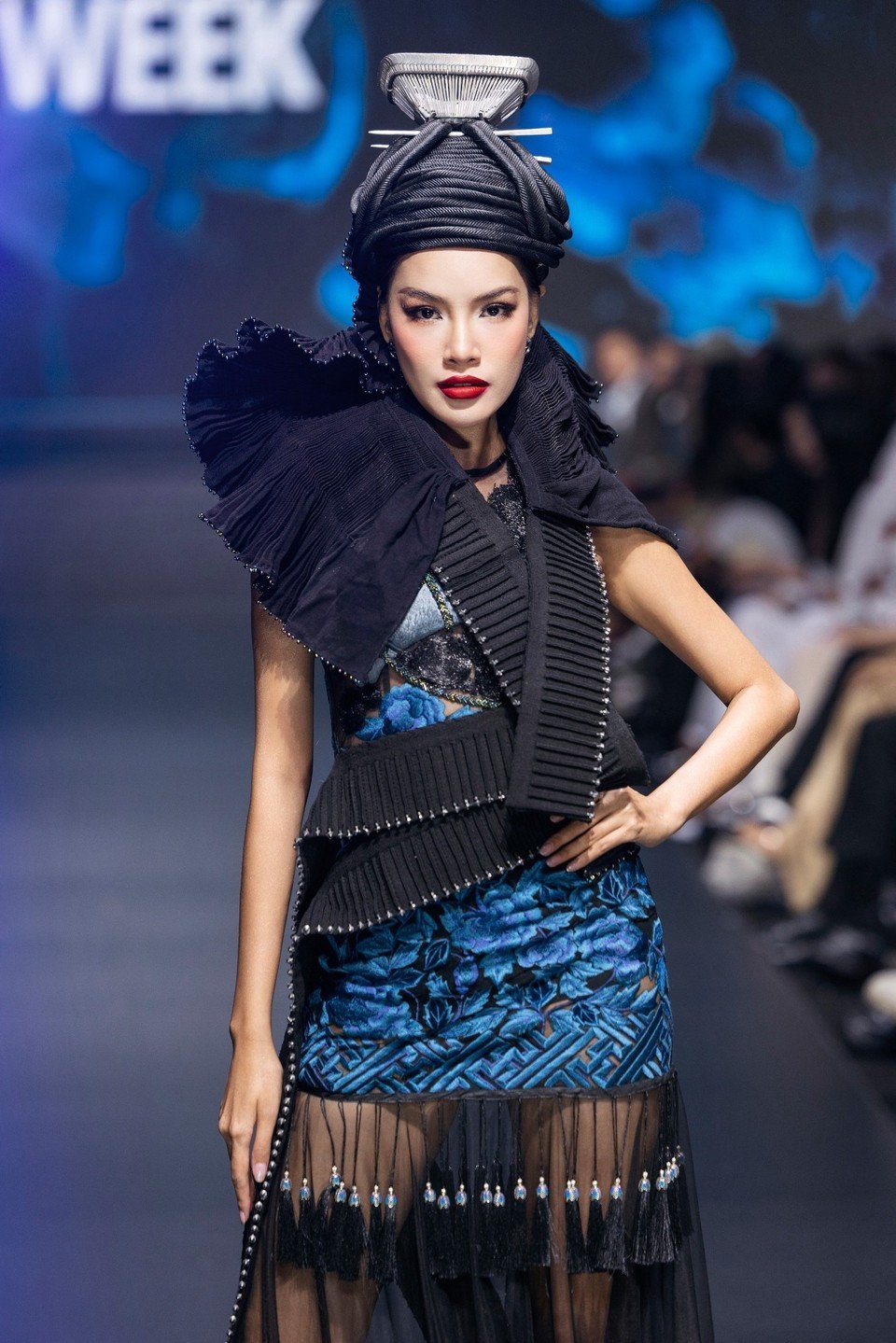
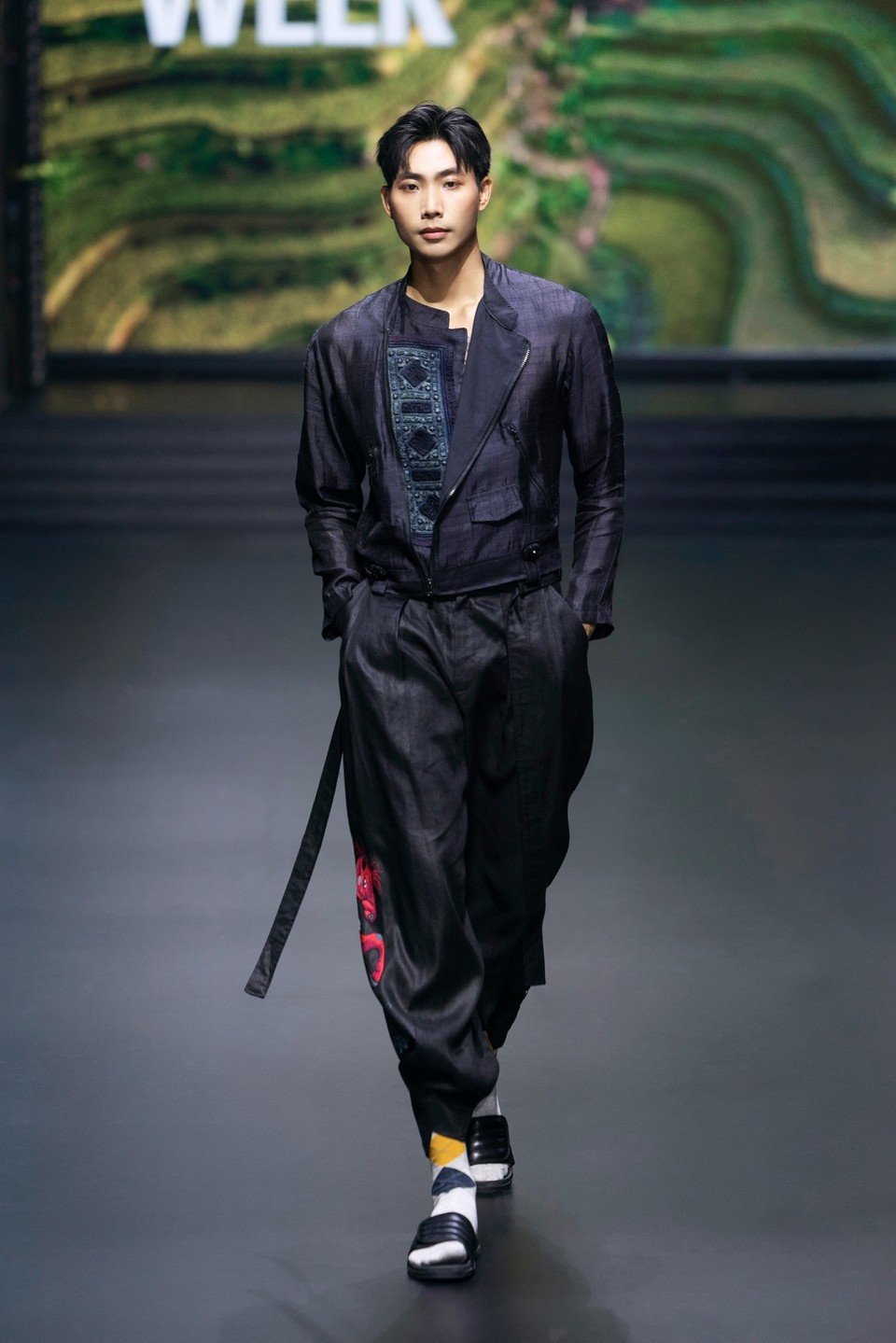
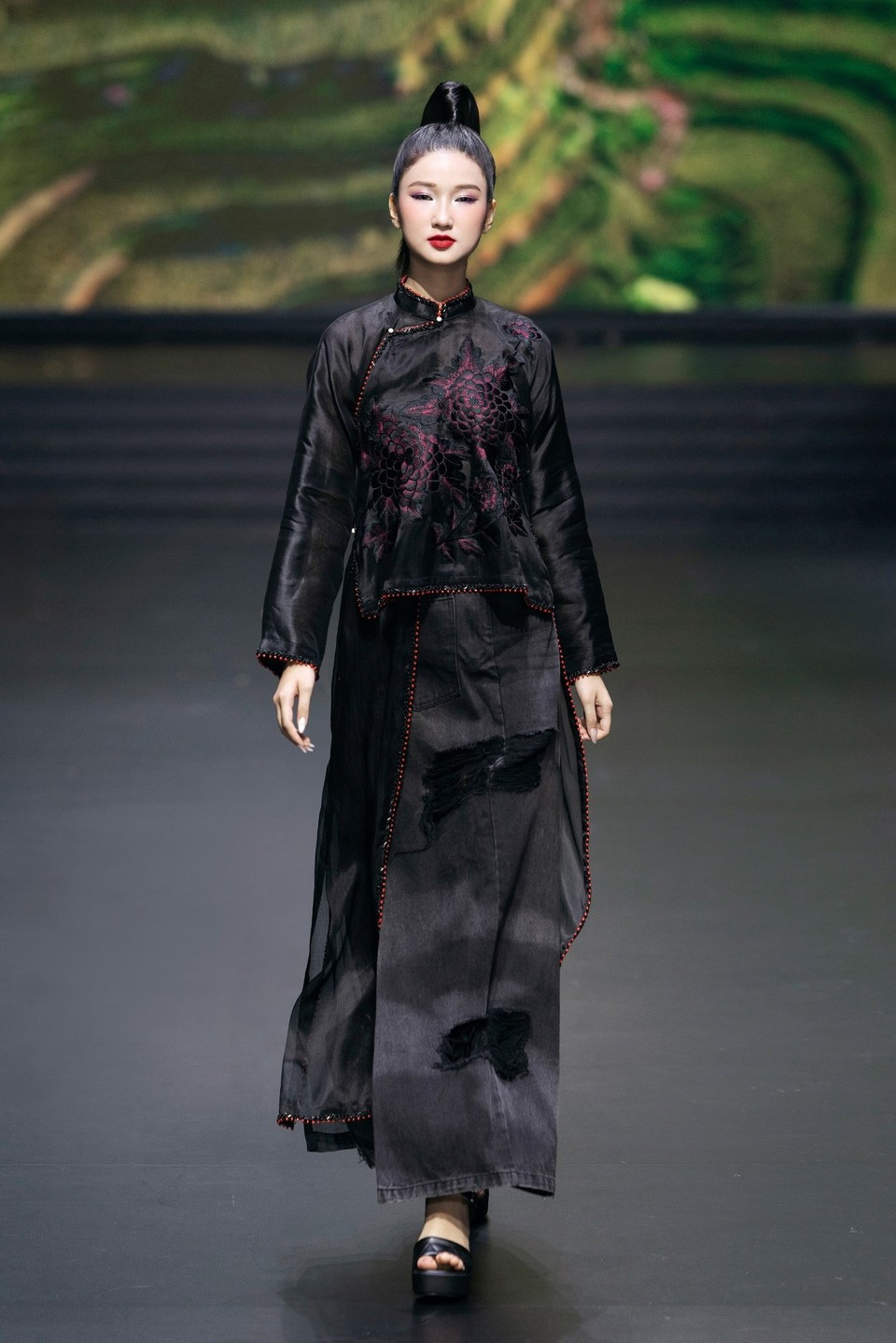
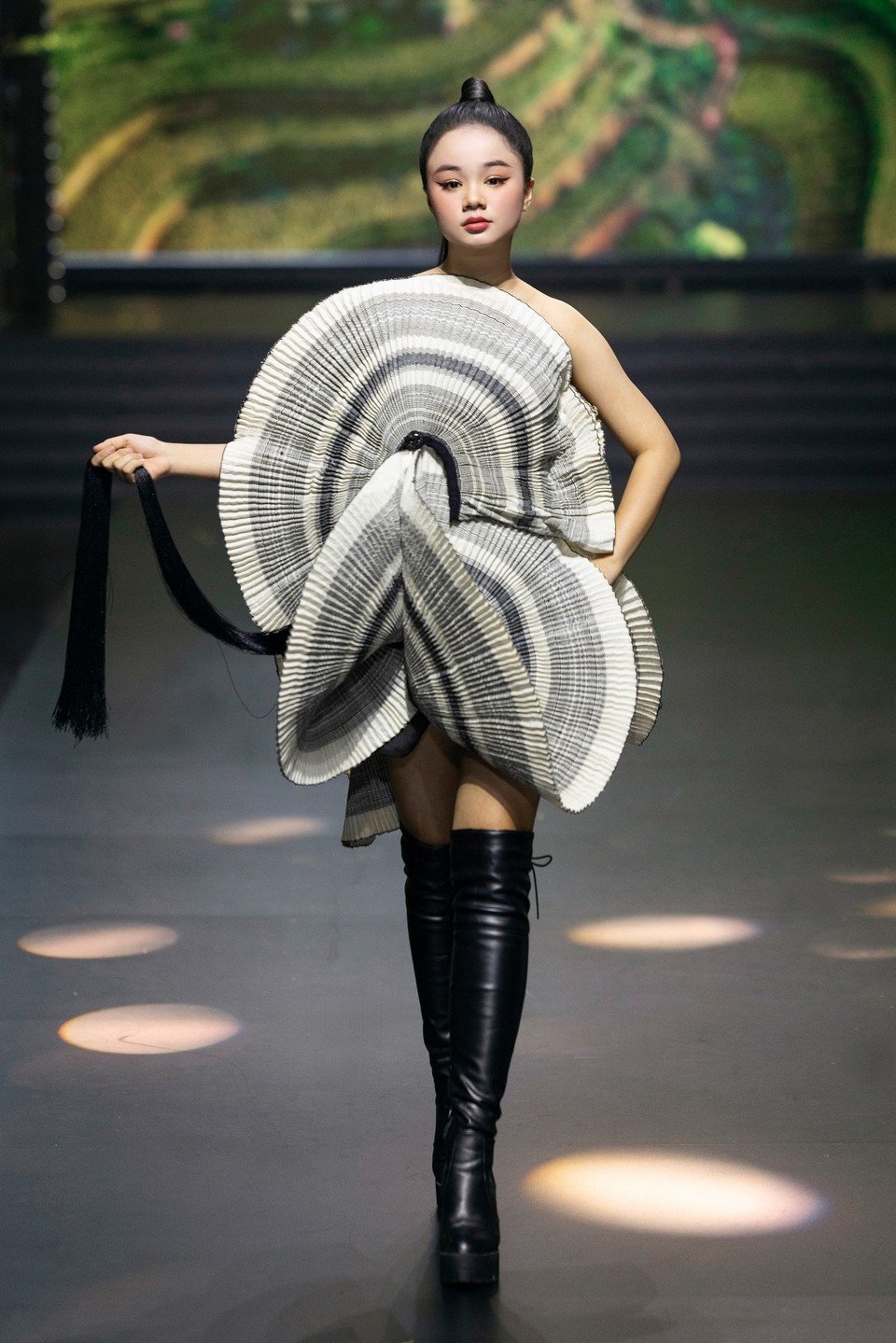
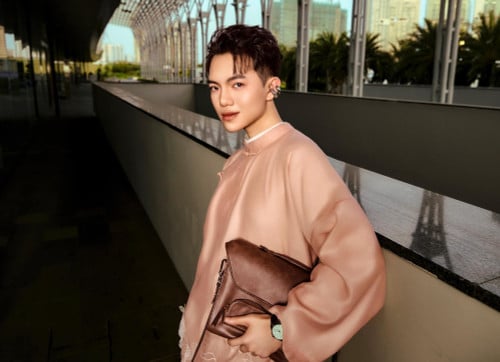

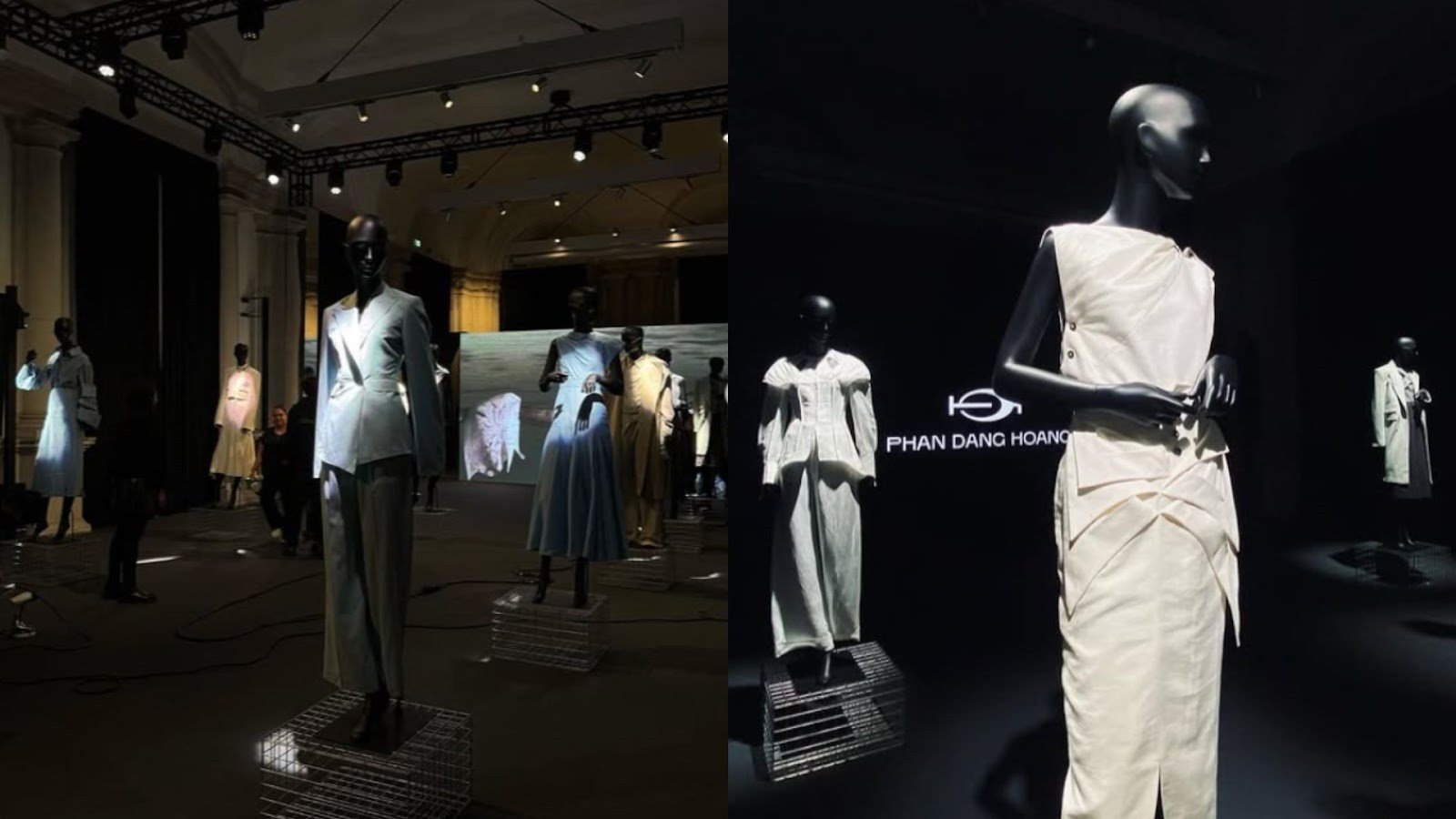






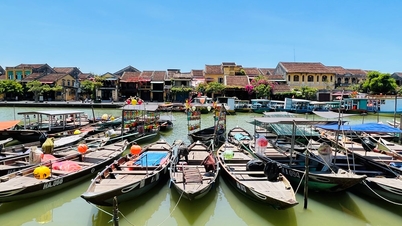



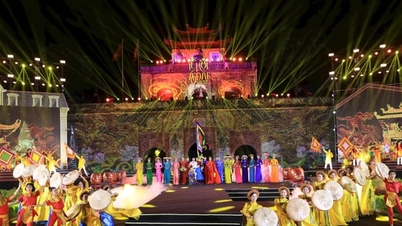





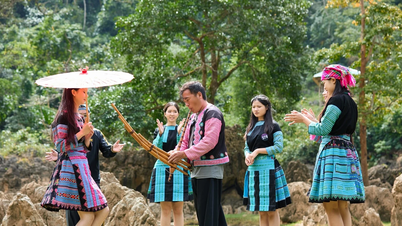
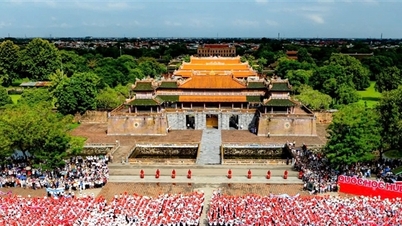

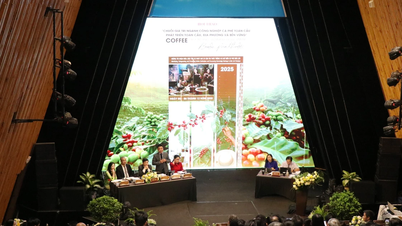
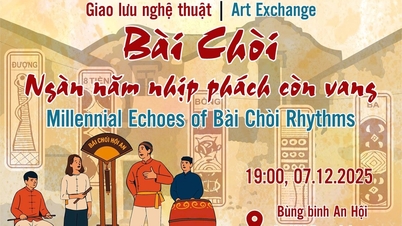
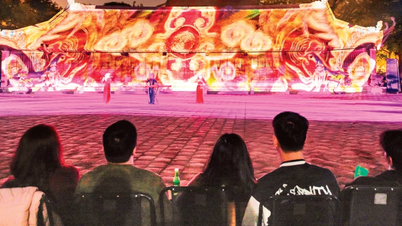

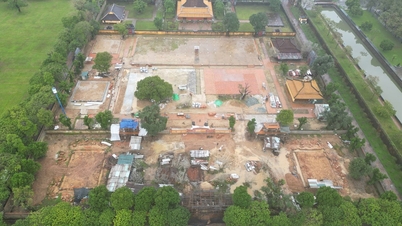


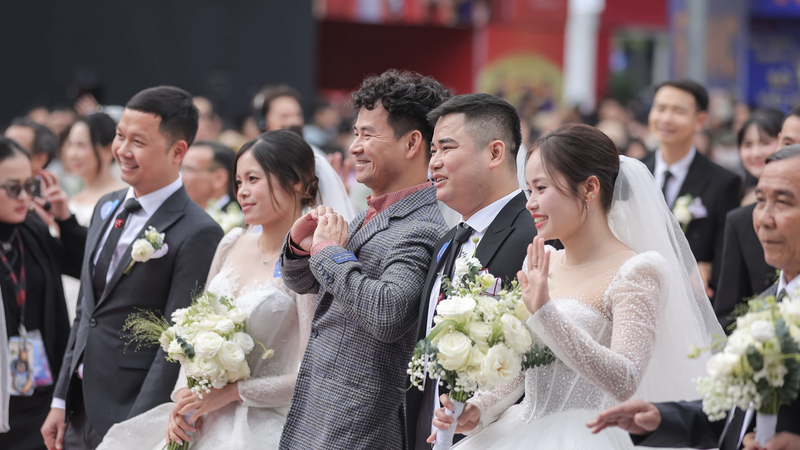








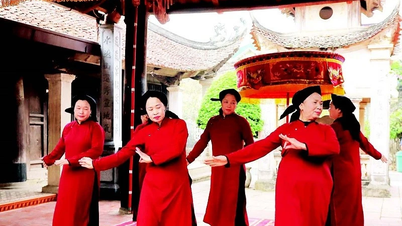
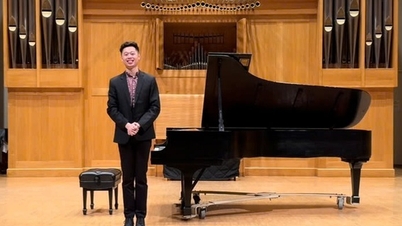

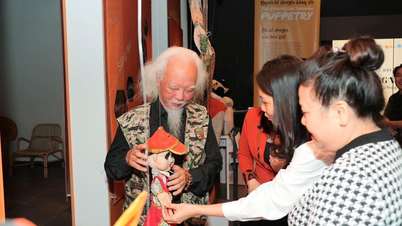

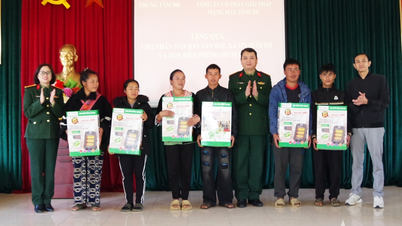


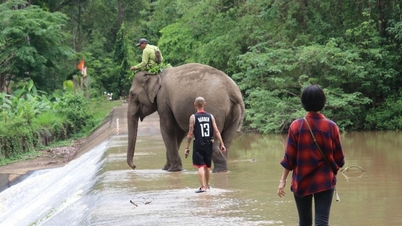

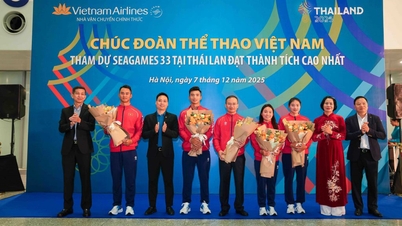


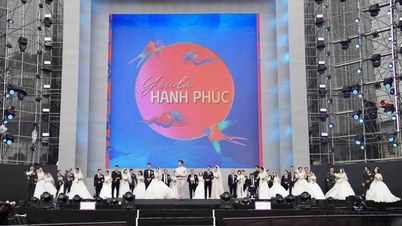

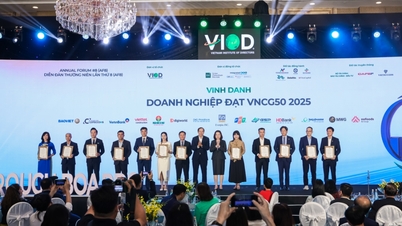







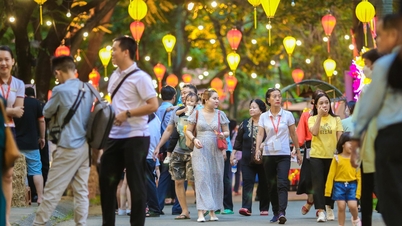



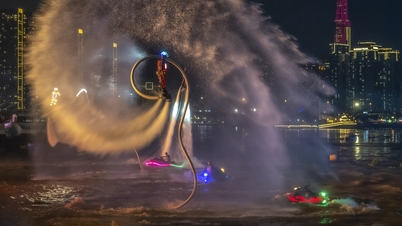
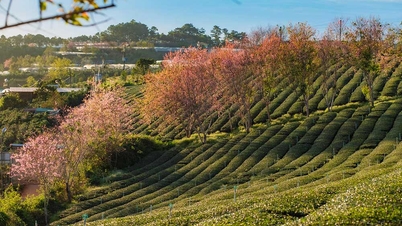

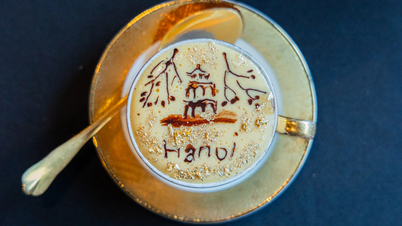




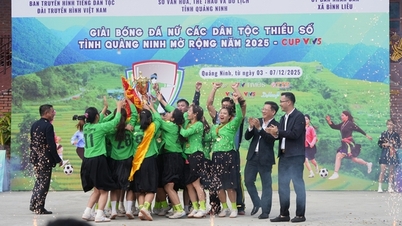
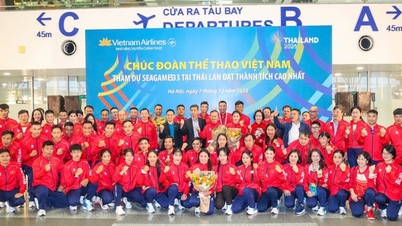



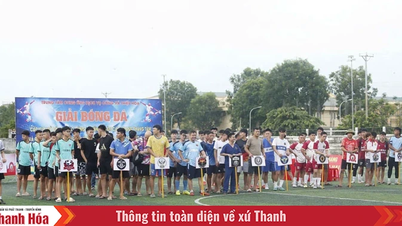





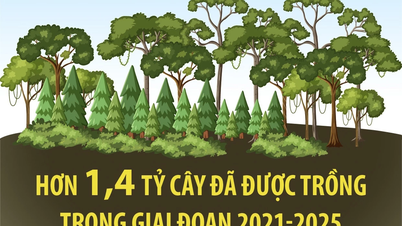

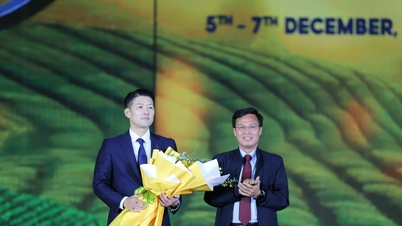









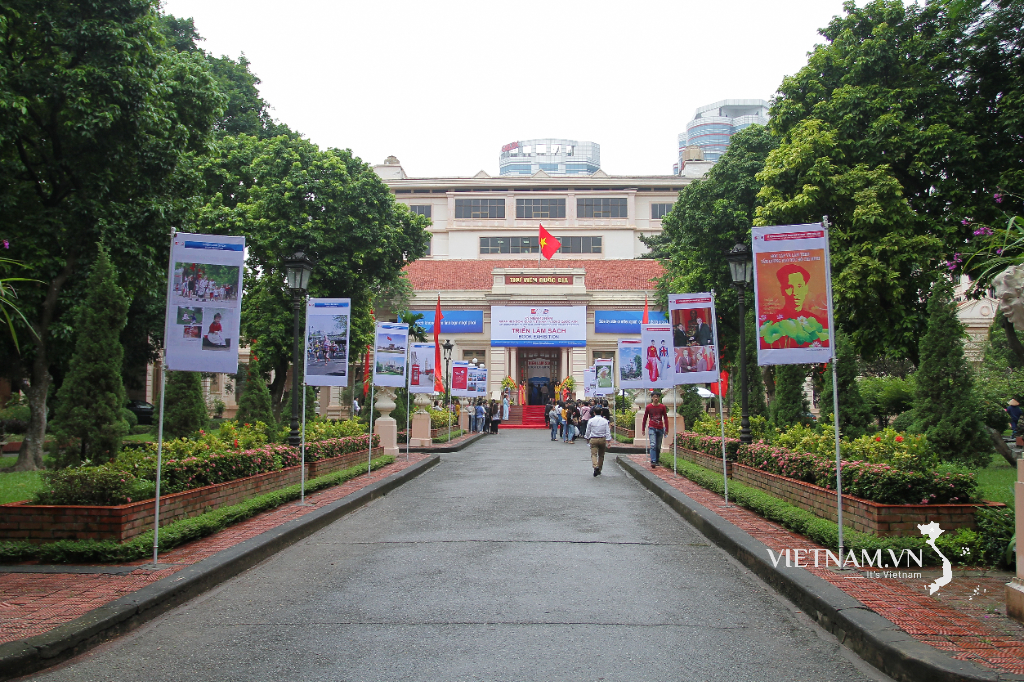







Comment (0)